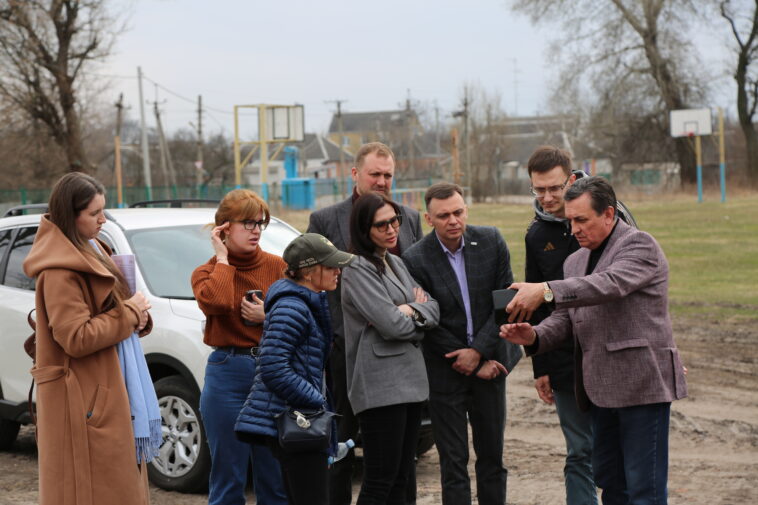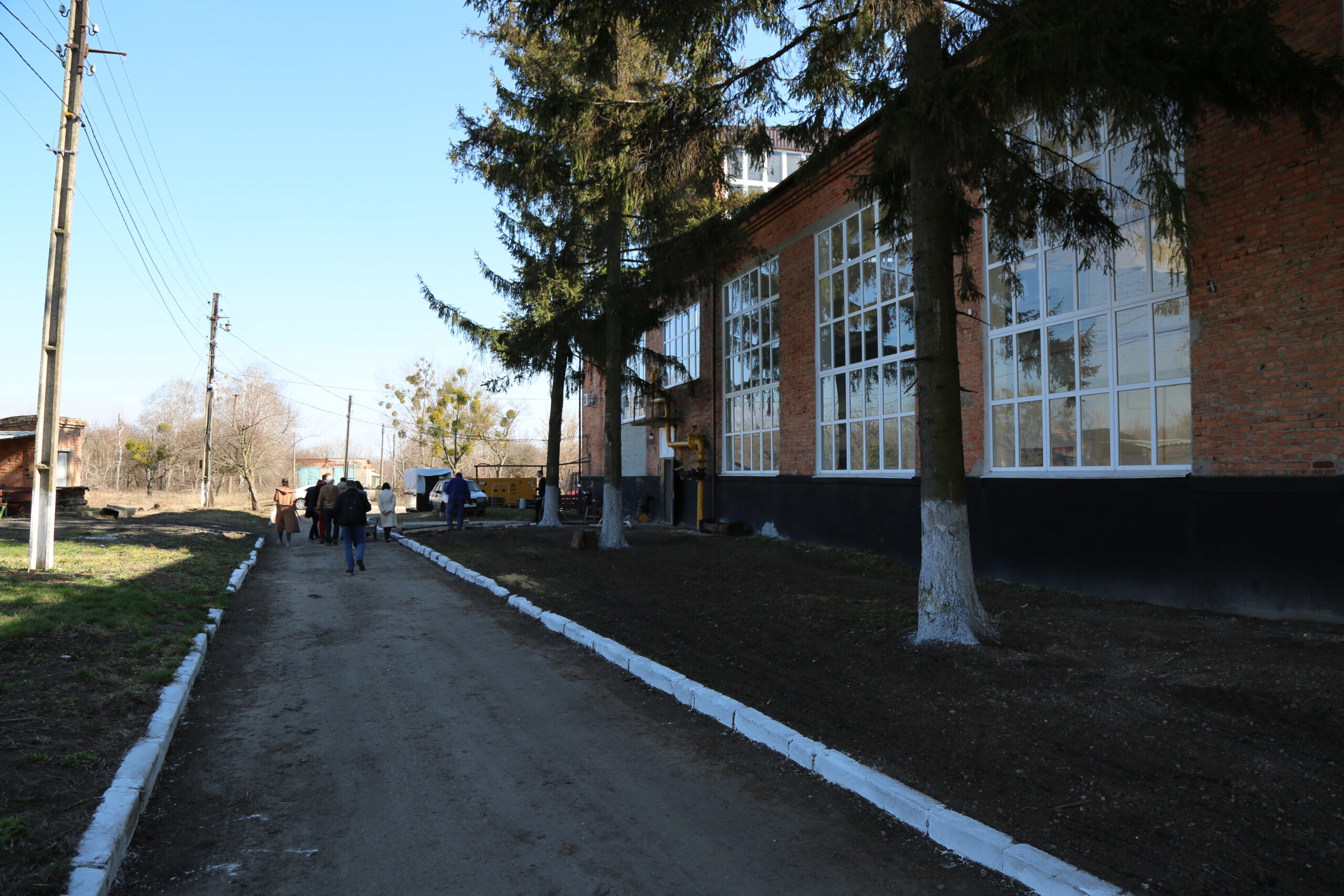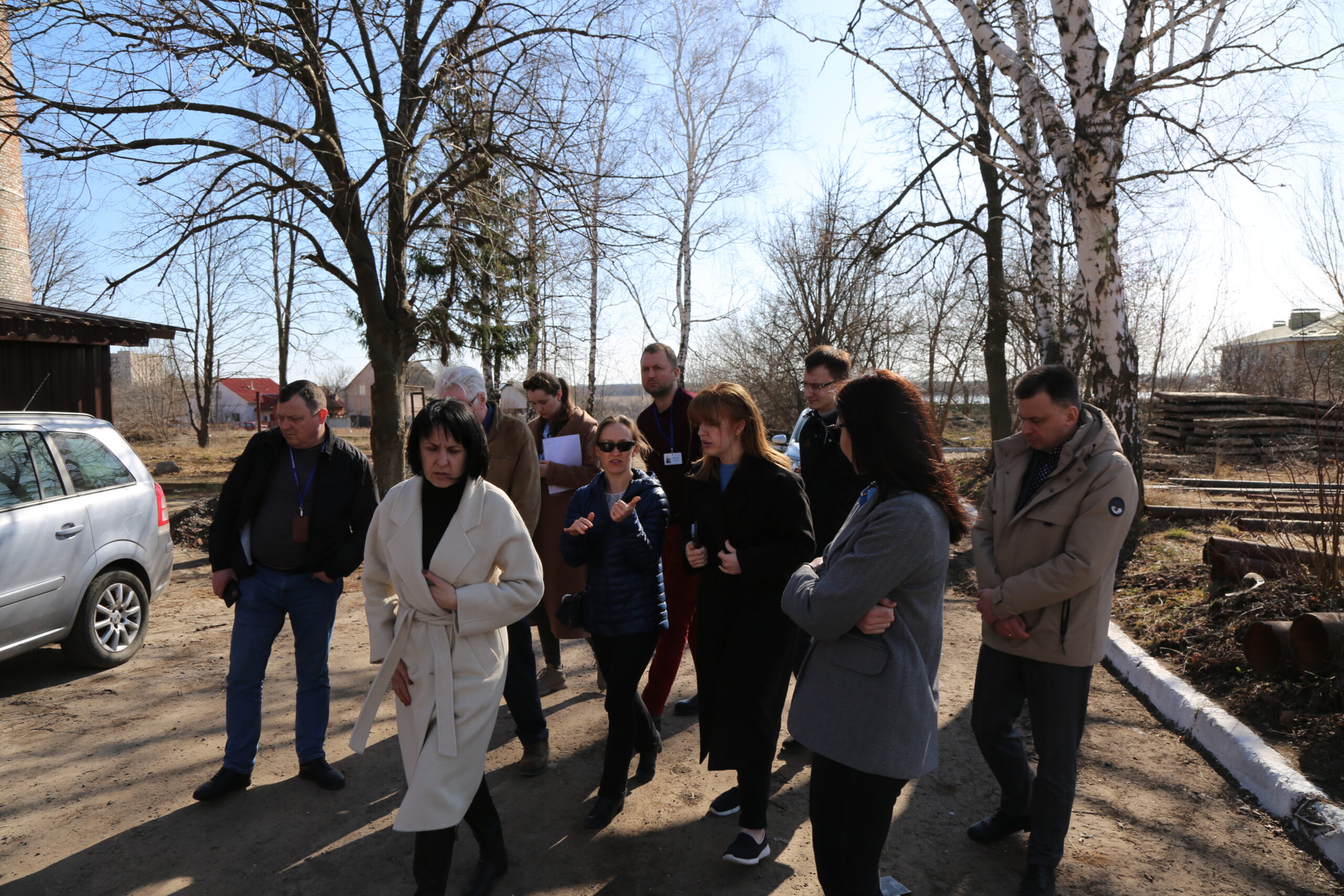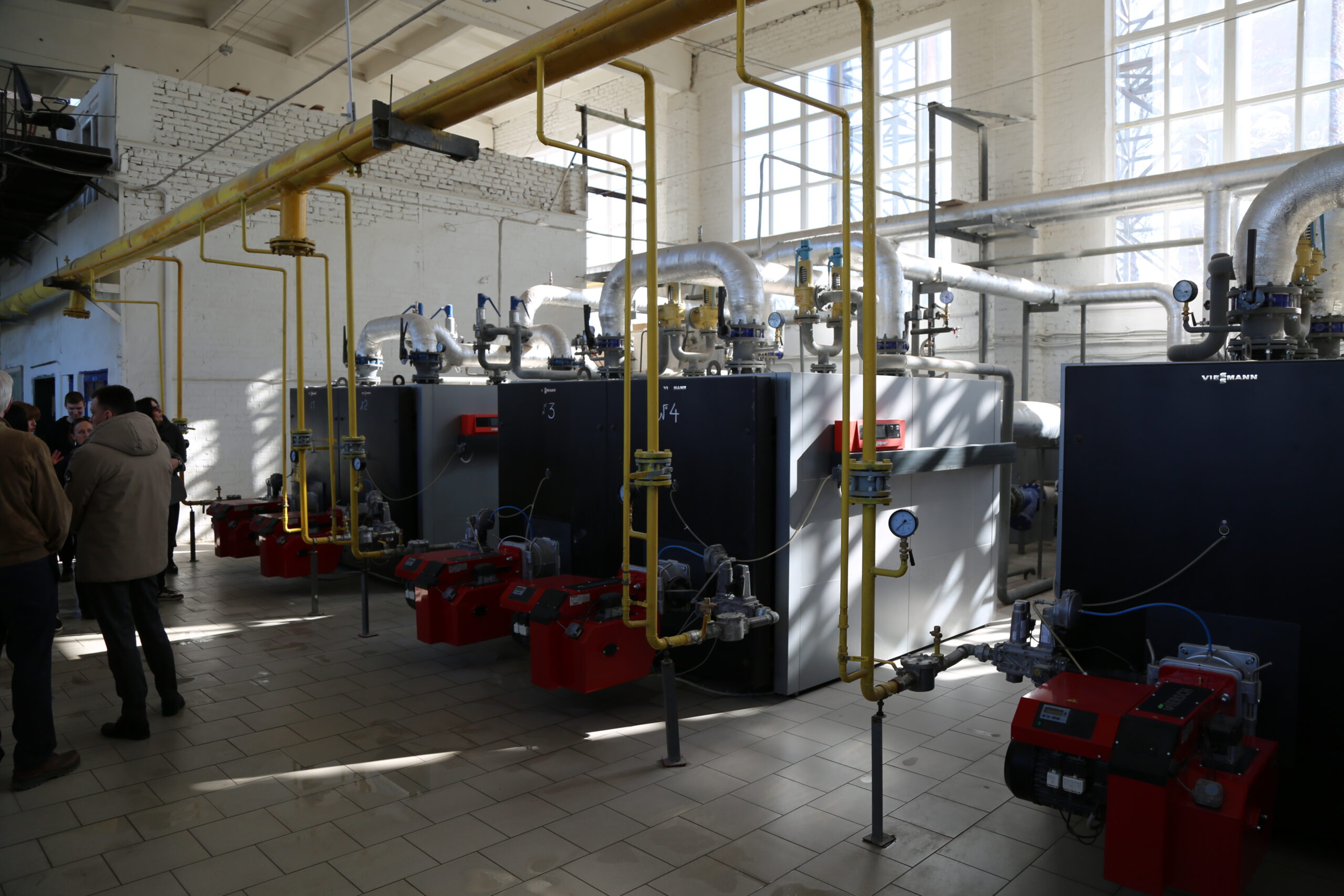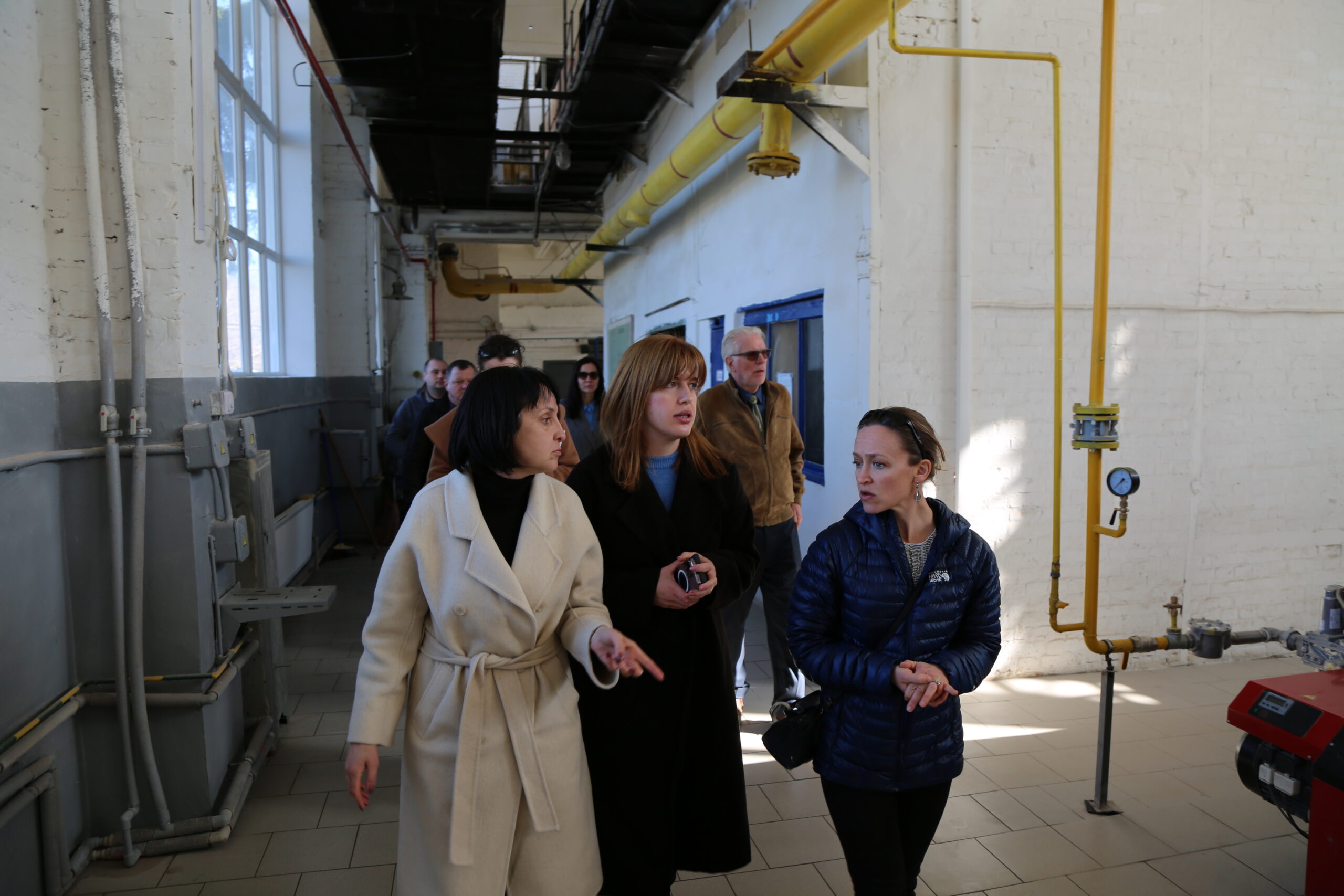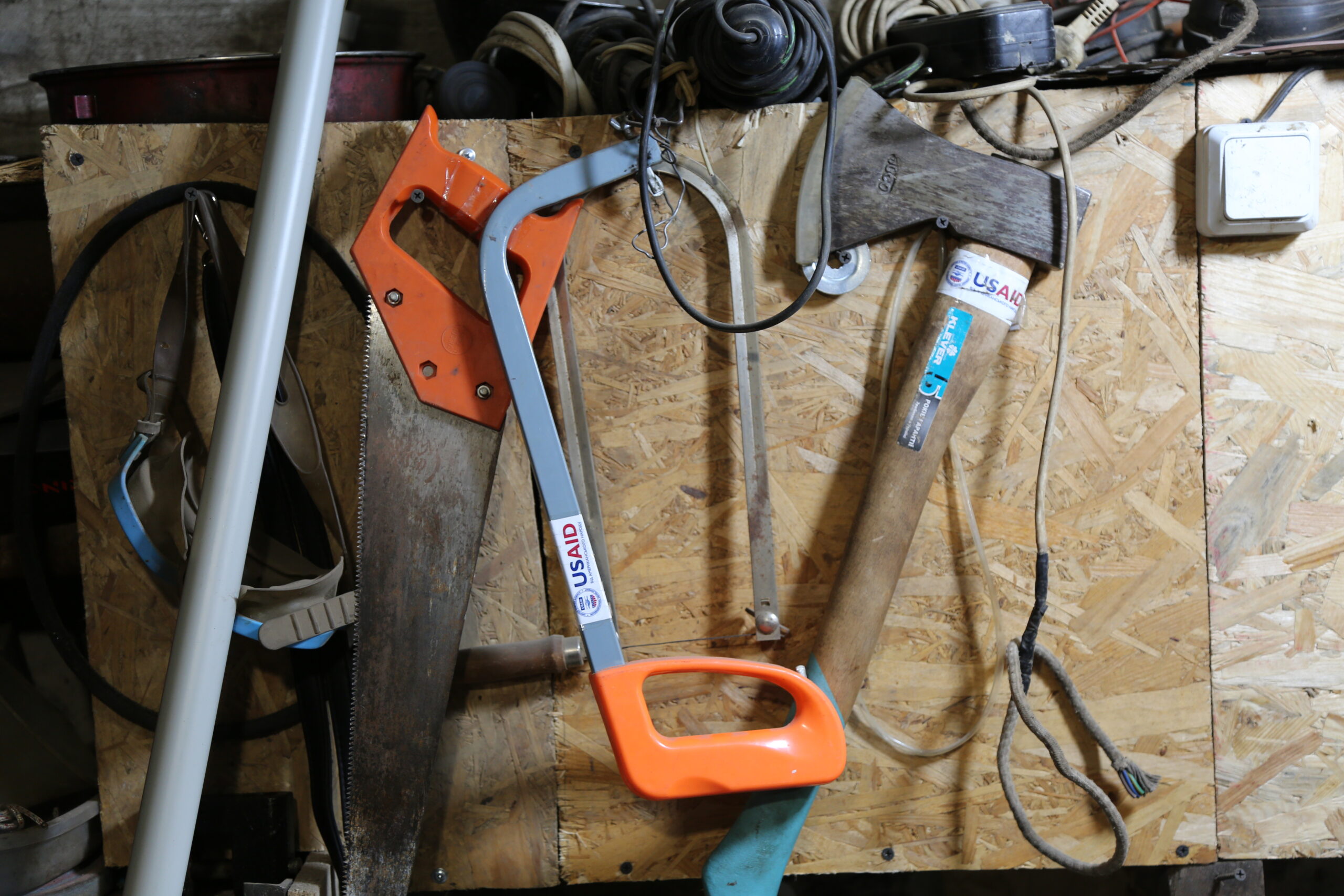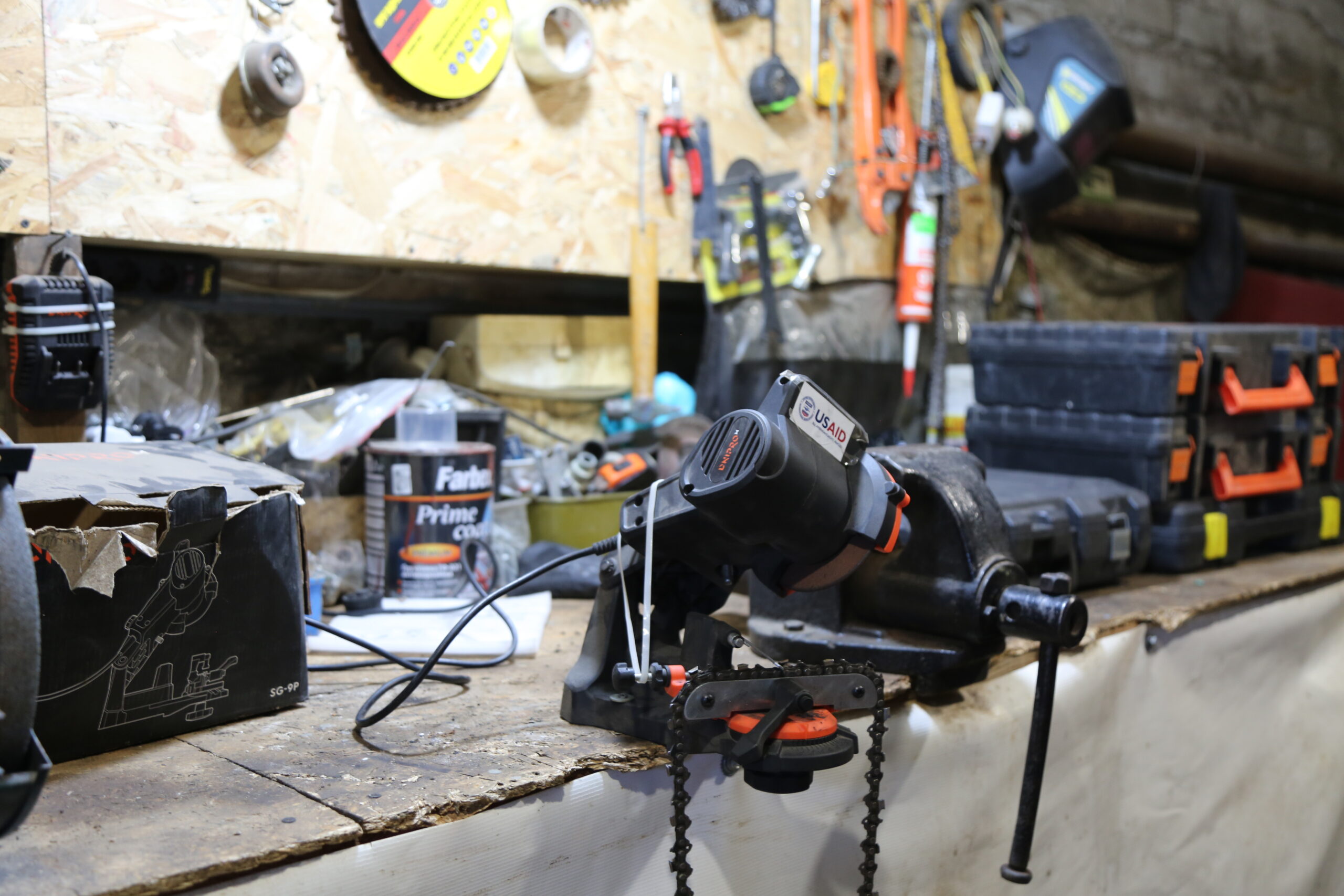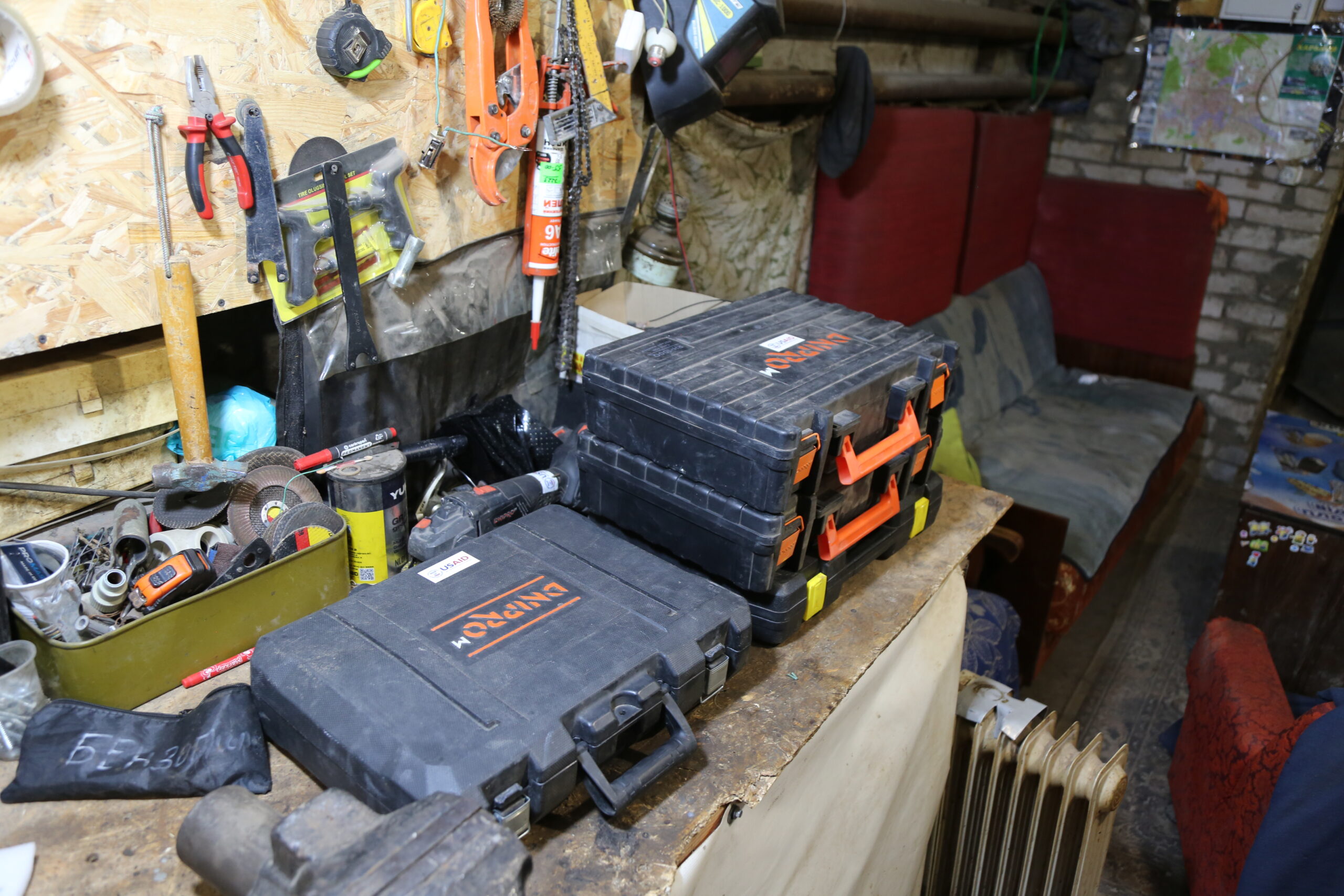After Russia’s full-scale invasion of Ukraine began, the Kharkiv region was one of the first to be hit. Communities located farther from the border received thousands of IDPs. Some of them remain in the communities to this day. There are hundreds of destroyed houses and infrastructure that need immediate restoration. And the shelling does not stop. This is the reality of communities in the Kharkiv region today. And despite all the dangers and challenges, these are communities that find resources and opportunities to support people, cover current needs, and plan development. In the Merefiianska community, they are studying the territory for a detailed recovery plan. The Malynivska community is working on youth projects. And in the Rohanska community, they are taking care of full self-sufficiency with the necessary equipment and building a business space. USAID’s Decentralization Offering Better Results and Efficiency (DOBRE) Program helps communities recover and plan their development.
At the end of March, representatives of the USAID DOBRE Program and Ms. Laura Hoover, a representative of the headquarters of the international non-profit organization Global Communities, paid a monitoring visit to the Merefiianska, Malynivska, and Rohanska communities of Kharkiv Oblast.
Merefiianska Community
Merefa has become a logistics center
Due to its location, the Merefiianska community became the first point of refuge for people who were forced to leave their homes because of the war, and later became a logistics center for transporting aid from the rear to the affected communities.
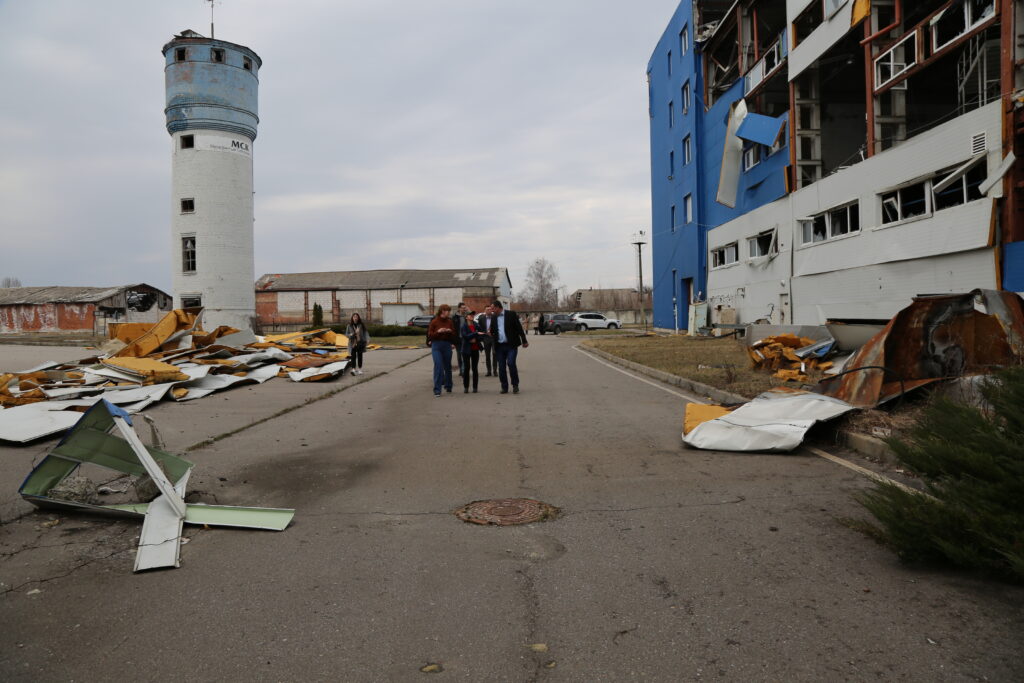
Before the full-scale war, about 400 children were engaged in dancing, clubs, and various types of child development activities in the local house of culture every day. The kids brought home victories from European competitions, leaving their rivals far behind. Today, instead of comfortable halls and warm classrooms, there are ruins. The House of Culture was utterly destroyed by a targeted attack by Russian troops.
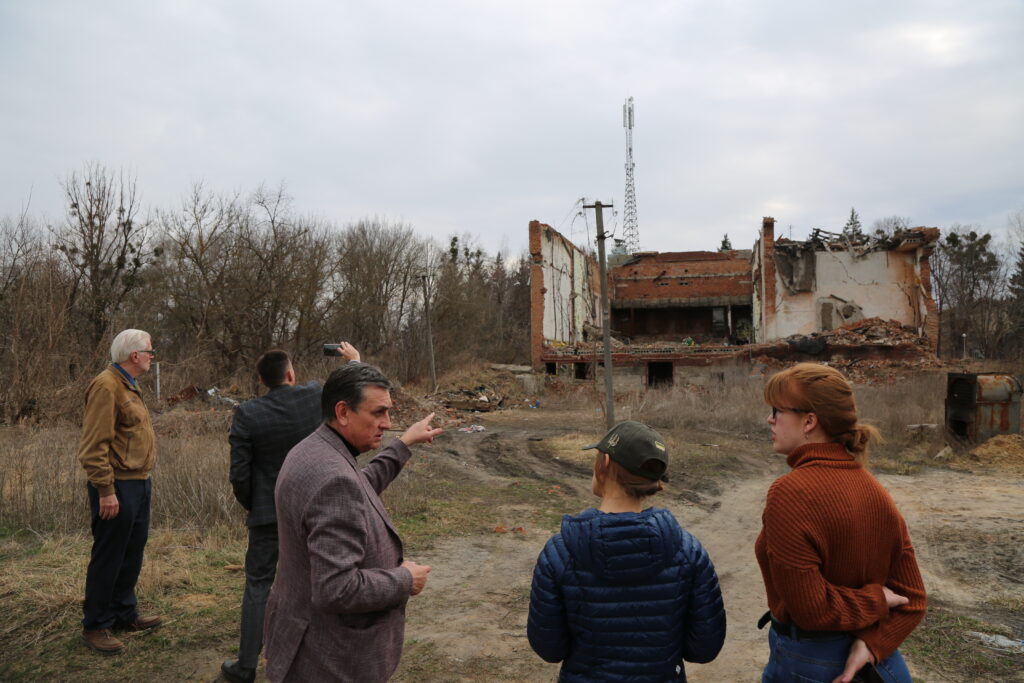
Piles of bricks also can be seen on the site of the former school, which was beyond repair after the shelling.
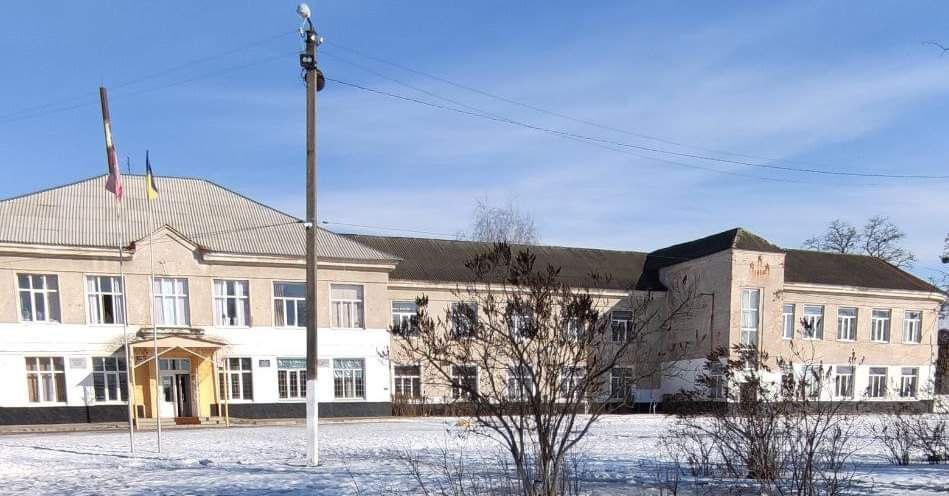
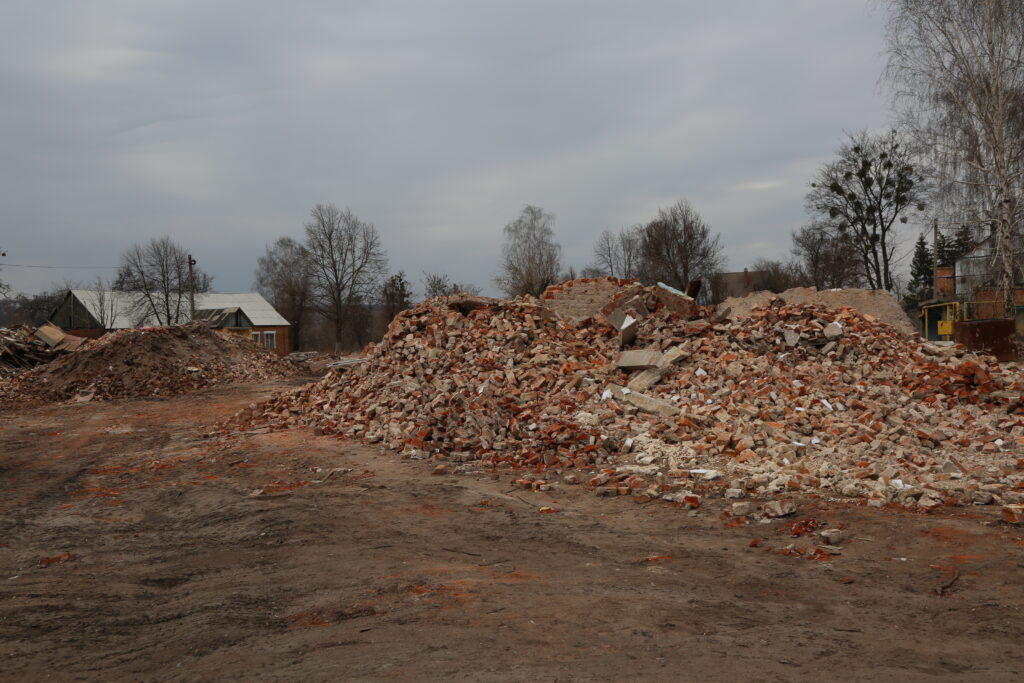
Two years ago, on a March night, Russian troops dropped 12 aerial bombs on the village of Yakovlivka. More than 100 houses were damaged or destroyed, and five people were killed. The survivors were evacuated to a safe place within the community.
Many residents left from the very first days, but many sought refuge in the Merefiianska community. First of all, people from other settlements of the Kharkiv region came here. Now there are about 15 thousand internally displaced persons in the community. This is almost half of the local population.
“Since the beginning of the war, the city council moved to the administrative services center (ASC) because people from all over the region came there. Not all of them had a change of clothes or any belongings. The community united and brought food and clothes. We rallied together,” says Mr. Veniamin Sitov, head of the Merefiianska community. “Later, Merefa became a logistics center from where the aid was delivered to other communities.”

During the full-scale war, the USAID DOBRE Program began providing assistance under its Emergency Response Project. Then, the community received 27 Bullerjan-type stoves for heating points. And later, two more motorized pumps, each of which can pump up to 700 liters of dirty water in 1 minute. The motorized pumps will be useful for repairing water main breaks or possible floods in the area of about 100 houses. The community also received a telescopic car lift.
“The USAID DOBRE Program is our long-term partner and significant support,” said Mr. Veniamin Sitov, head of the Merefiianka community.
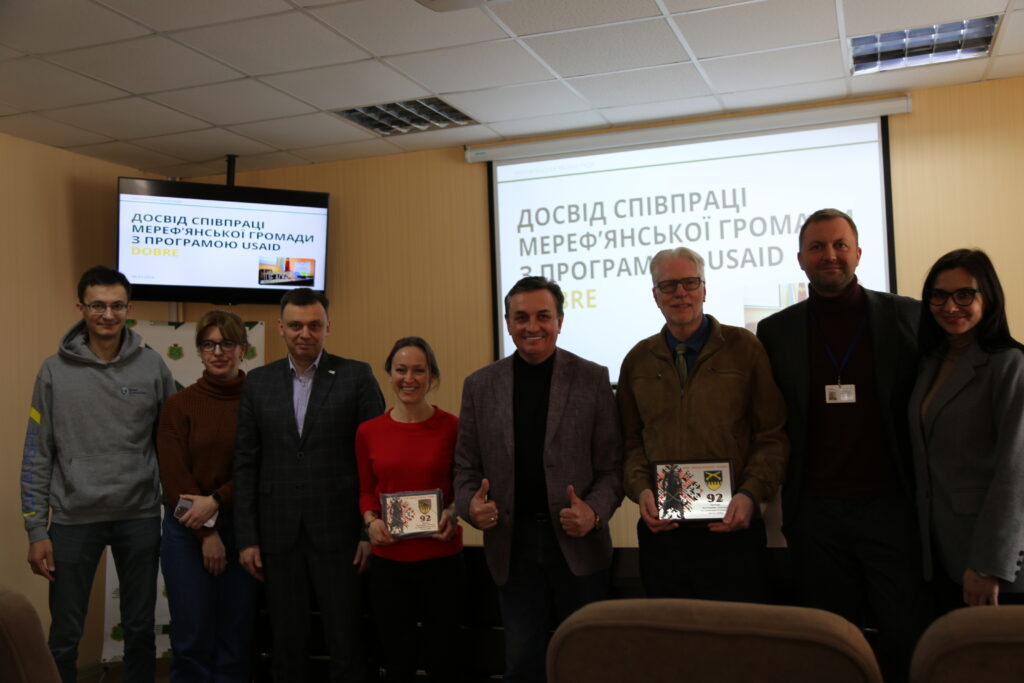
To rebuild and develop
The Merefiianska community has been cooperating with the USAID DOBRE Program for eight years. According to Mr. Maksym Burdavitsyn, USAID DOBRE Deputy Chief of Party, the community is a leader among partners in terms of the number of jointly developed strategic documents: from the sustainable development strategy to service improvement plans. Work has now begun on a particularly important document: a plan for comprehensive territorial restoration. In total, the USAID DOBRE Program will provide technical and expert support to 18 communities from Kirovohrad, Mykolaiv, Kherson, and Kharkiv oblasts. The Merefiianska community is one of them.
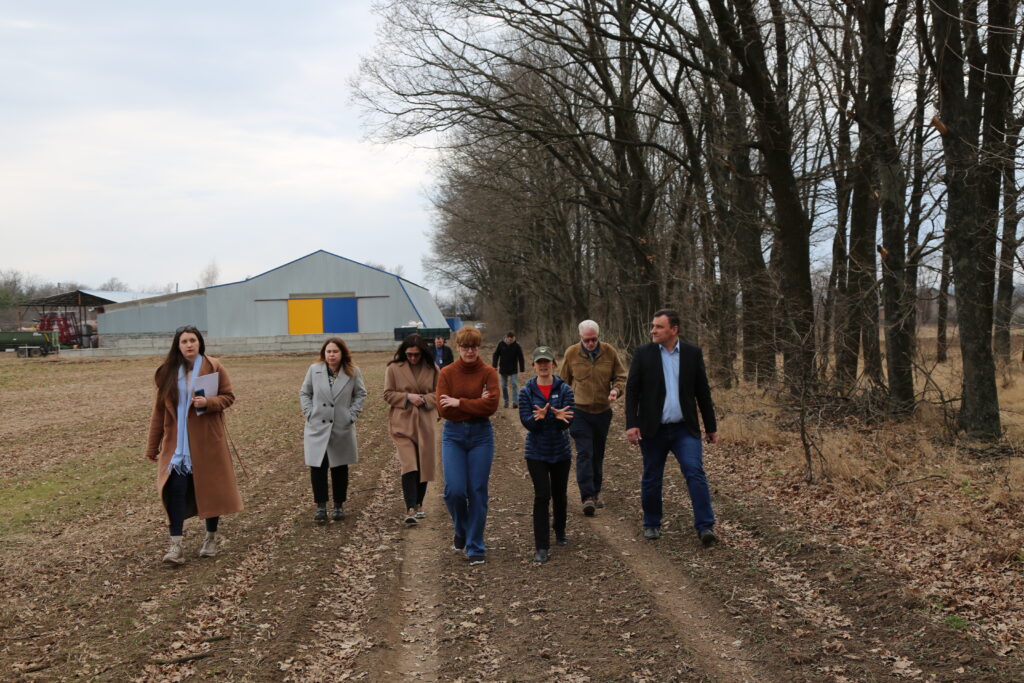
At the time of the visit, a team of cartographers was in the community working on one of the stages of plan development: territory research and building a clear cartographic basis. It is impossible to work out a clear recovery and development plan without a high-quality territory study.
“Our task is to bring people back. We are working on these strategic documents to understand where we are heading and plan our development,” added Mr. Serhiy Yershov, deputy head of the community.

How the community lives today
The ASC has now fully resumed its work and is increasing the number of services available to residents. According to the head of the center, Ms. Oksana Bulipop, 324 administrative services are currently provided here. Residents can get services from the pension fund and the civil registration department, and soon they plan to add tax services. The number of services and consultations provided per month reaches 13 thousand. The premises are inclusive, with an equipped restroom for people with disabilities, information from the board is announced for visually impaired visitors, and the administrator speaks sign language, which can help people with hearing impairments get the services they need.
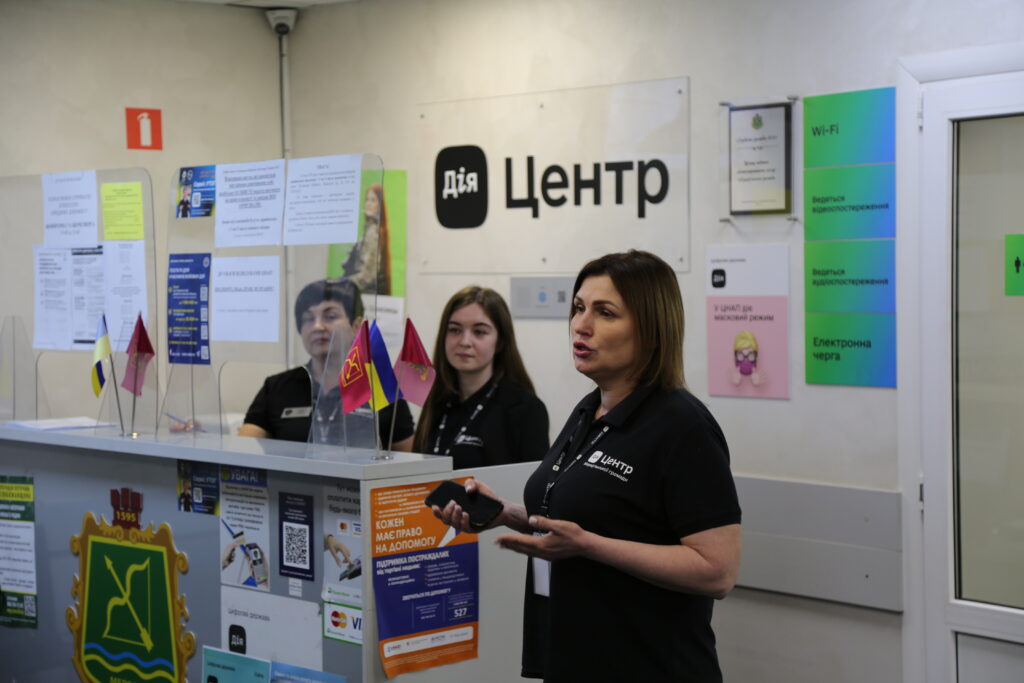
The community is also developing healthcare. For this purpose, the community received earmarked funds from international partners: the twin cities of Madeira, Portugal, and Cincinnati and Wilmington, USA.
“Decentralization processes and the support of partners help us hold on during the war,” says the head of the community.
Joint projects continue to work for the community
“Thanks to the cooperation with the USAID DOBRE Program, we have involved residents in the processes of community life so that they are active. All of us got involved in the process, people liked it, and they changed their minds and attitudes towards the community. Many communities gave up on this because they did not like it, they wanted something to be given to the community, to be presented as a gift. We, on the other hand, were interested in these projects because to achieve real change, we need to change people’s minds,” said Mr. Veniamin Sitov.

The projects implemented in cooperation with the USAID DOBRE Program are working for the development of the community and the comfort of its residents. During the tour, representatives of the Program visited them.
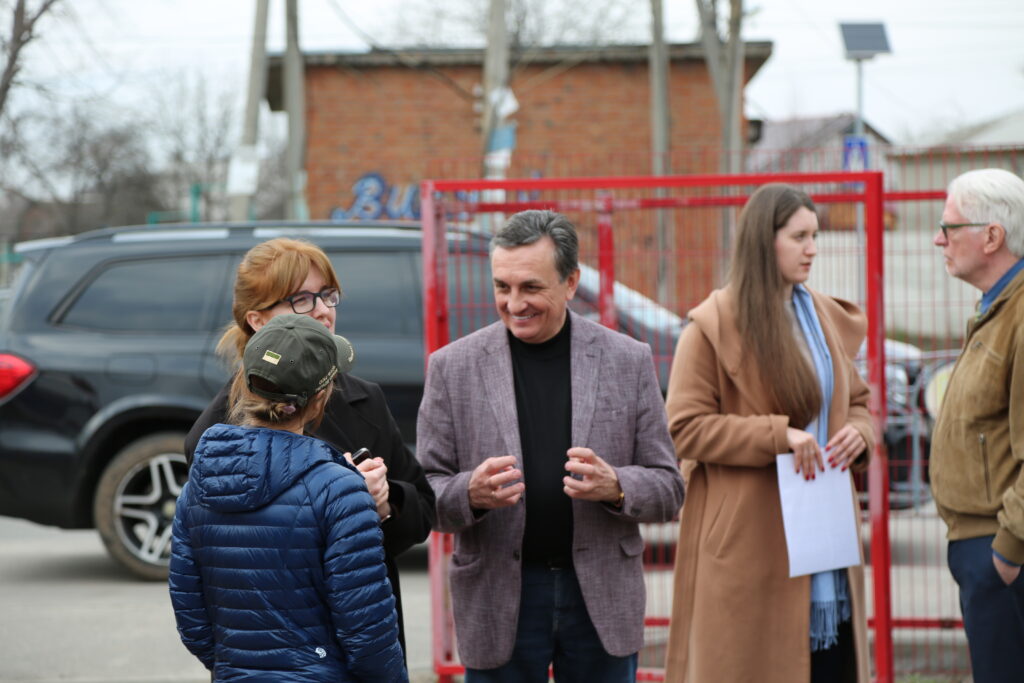
One of the community’s buildings was once completely reconstructed, and a floor was added. Previously, it was a hotel, then offices were located here, and after reconstruction, the ASC and later the Tserber (ukr. for Cerberus) Business Development Center were opened. As part of the Local Economic Development Project, USAID DOBRE purchased equipment for the Tserber, and the community prepared a modern building. The community now has a space where entrepreneurs can hold their events, develop promotional products, and meet to solve common problems. Even during the pandemic, the city council engaged specialists to conduct training sessions at the request of entrepreneurs: for example, they learned how to write projects. A significant part of the business has relocated to a safer area, but the taxes of individual entrepreneurs and personal income tax help to fill the community budget.
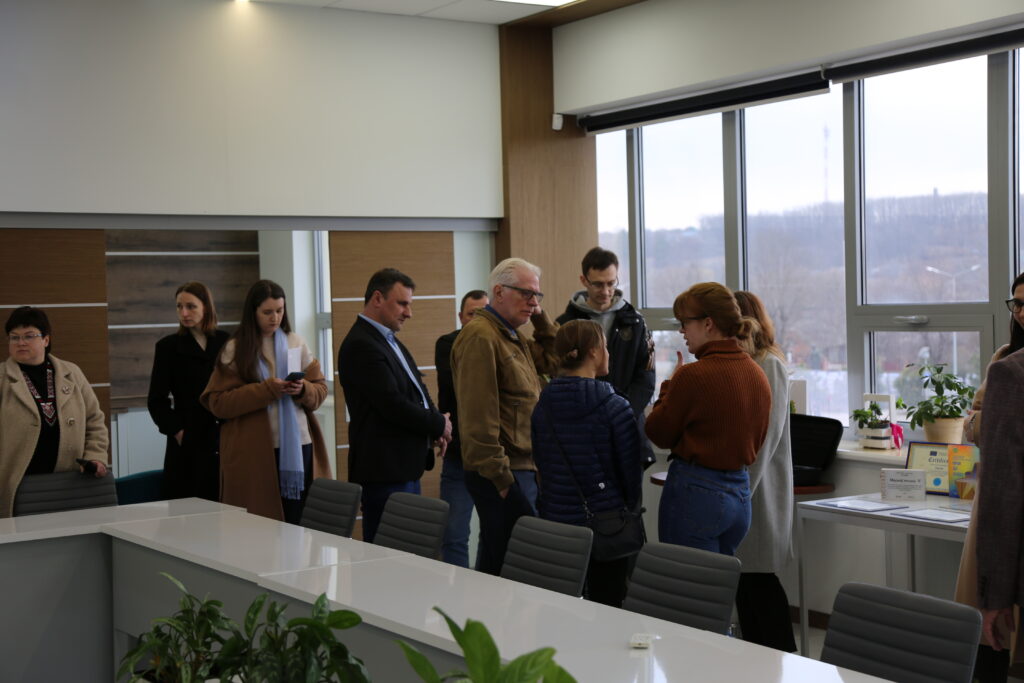
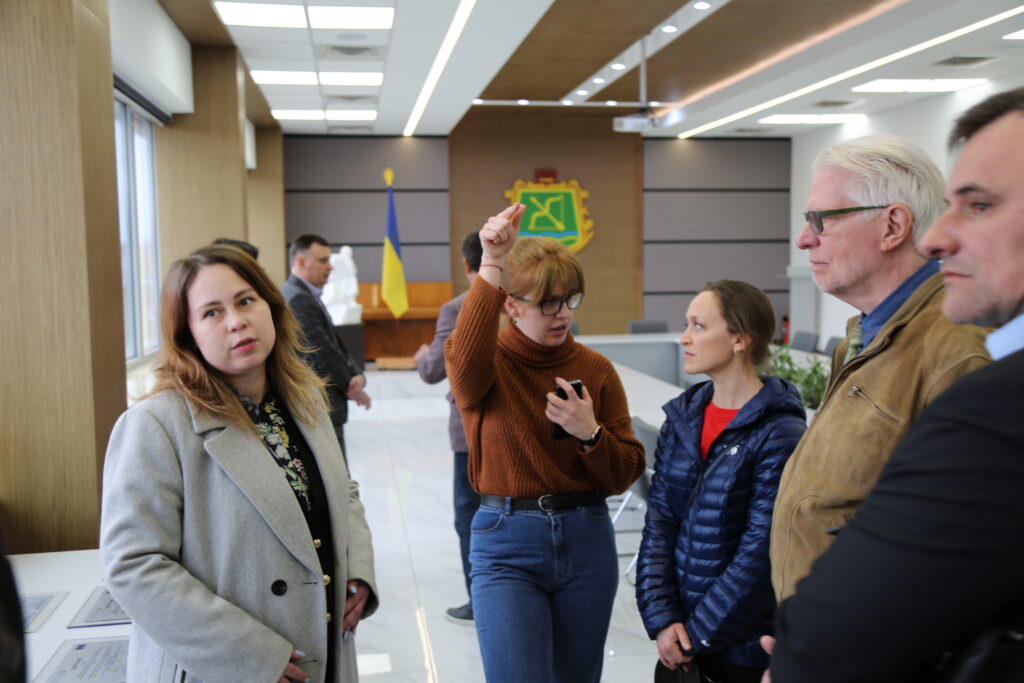

The playground, equipped at the initiative of young people, is never empty, they say in the community. “There are always kids here playing sports and just socializing. There are not many other places for this, because learning takes place online. The community is still working on creating shelters in schools. This is not an easy task, because Merefa is located on three rivers, so the area is swampy. Therefore, special technologies are needed to build reliable and safe shelters, significantly increasing costs.
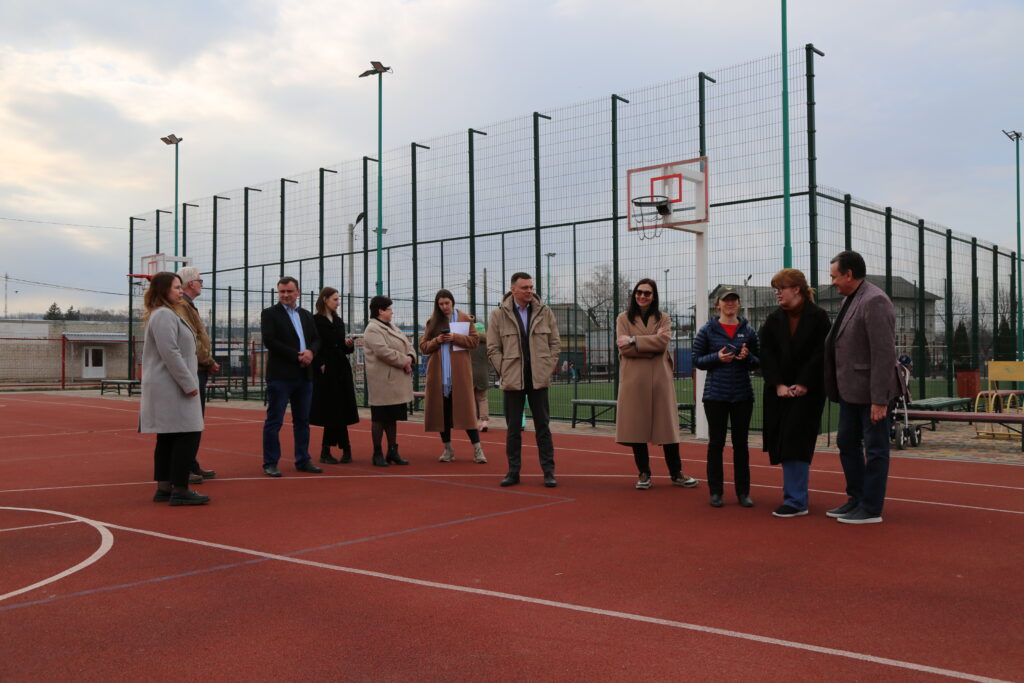
A reliable partner, USAID DOBRE, also helps the community improve services. Back in 2020, the community received a road repair vehicle, which is still in use today. In 2024, the Merefiianska Community continues to improve its waste management services and is currently waiting for a modern garbage truck from the DOBRE Program.
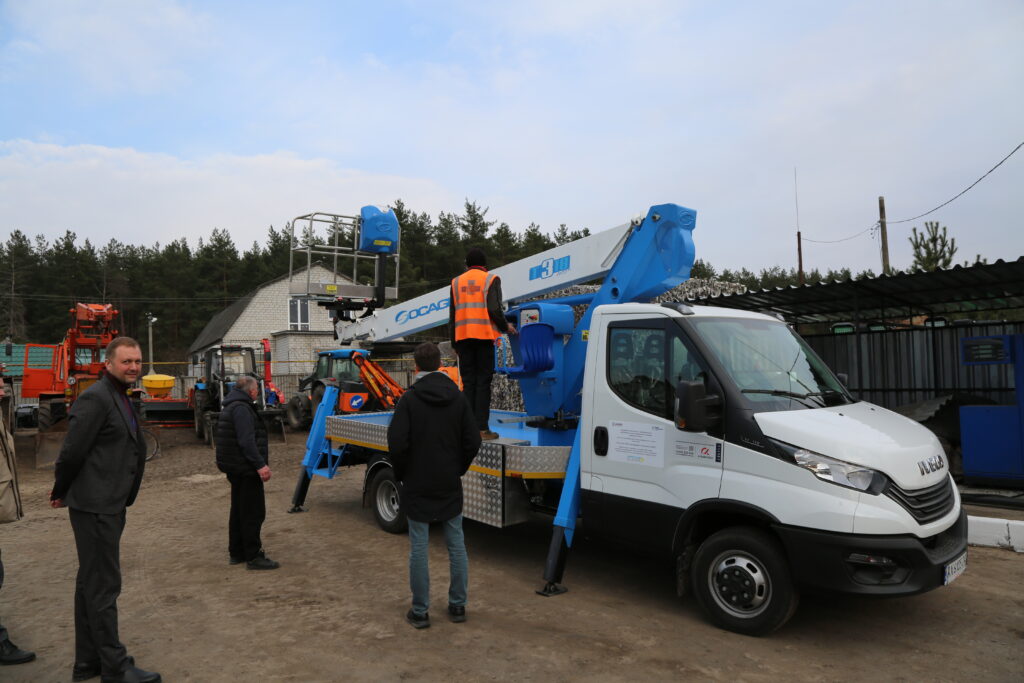
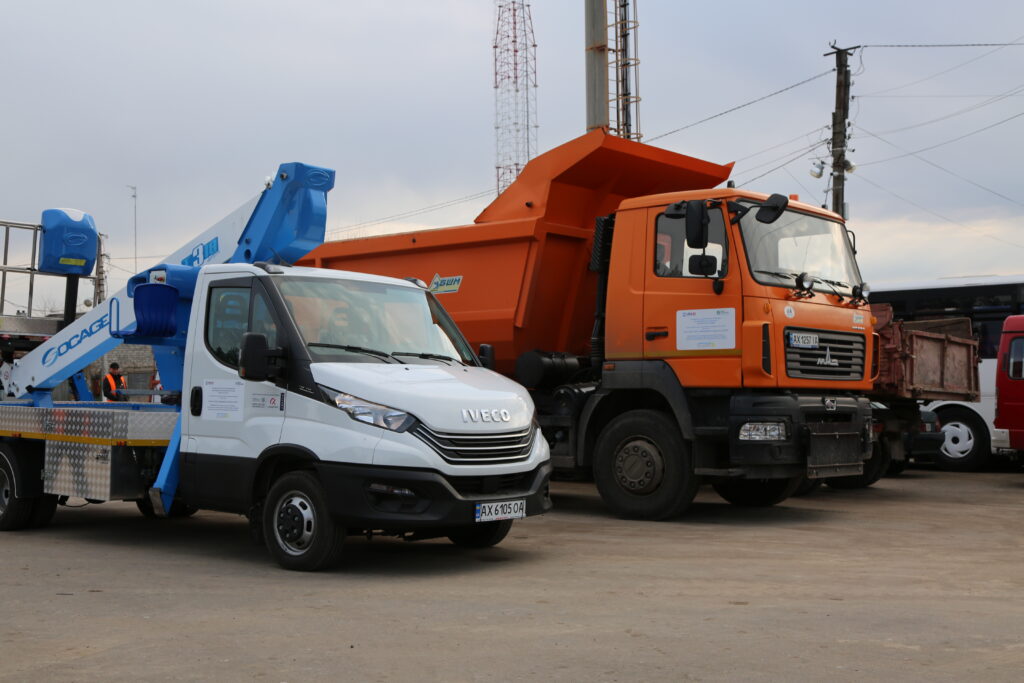
Malynivska Community
About the war and its consequences
At the beginning of the full-scale invasion, more than half of the population left the Malynivska community. The village of Mospanove was temporarily occupied. The community was continuously shelled. Two people were killed during a large shelling on Easter. The administrative building was hit, 85% of schools and kindergartens, three cultural institutions, and twelve apartment buildings were damaged. Almost 500 private houses need to be restored – and this figure is not final, as it is only the number of applications for compensation. And not all people have returned yet. Although more than 9.5 thousand people live in the community now, including 2.5 thousand internally displaced persons.

Many of the houses on the street where the utility company is located are smashed by shrapnel. The utility company itself was completely destroyed by Russian troops. The roof and building were repaired with the support of the oblast budget. The community received assistance from the USAID DOBRE Program to fully resume operations and provide services. Thanks to the Emergency Response Project, the Malynivka community has special equipment and tools:
“Our old excavator was 48 years old. It could no longer perform all the tasks. We were here, in the war zone, and needed equipment for the utility company. After all, people were staying here, and we had to provide them with quality services. I am grateful to the USAID DOBRE Program, which provided us with the necessary equipment and chainsaws, crowbars, rakes, shovels, etc. It was a very important and timely assistance for us,” said Mr. Mykola Semeriianov, head of the Malynivska community.
The community purchased additional attachments for the excavator and can now repair water, sewage, and heating lines, eliminate illegal dumps, remove debris caused by the hostilities, carry out community improvement work, and maintain public roads. However, for high-quality road repairs, the community needs a motor grader, which it currently has to rent on a first-come, first-served basis.
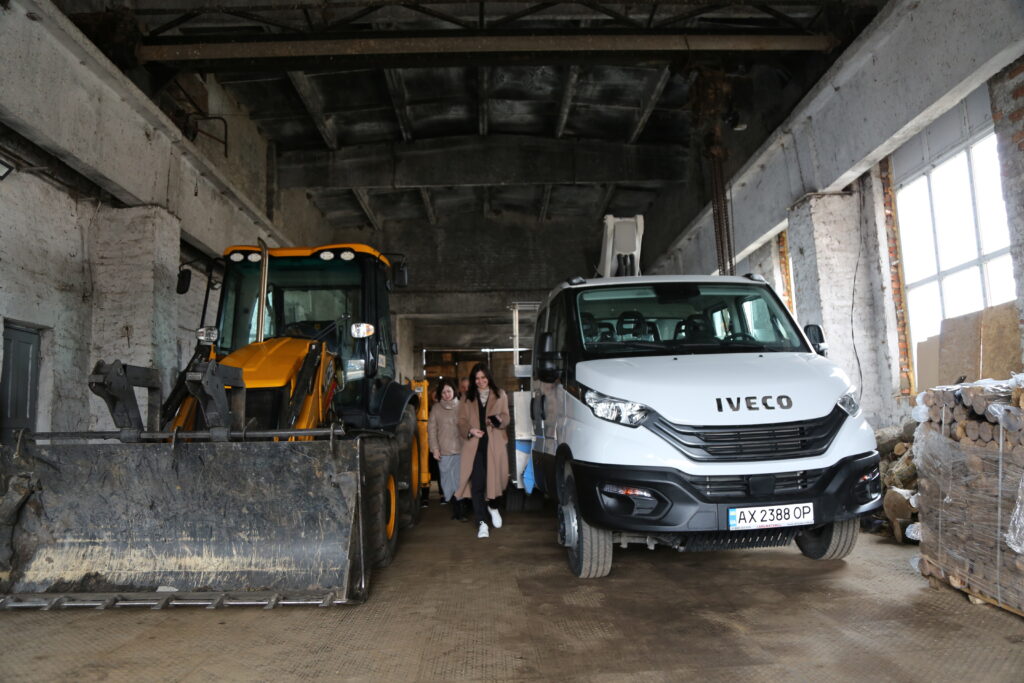
Use all opportunities, no matter the odds
As part of the Emergency Response Project, USAID DOBRE provided the community with a hydraulic lift, which is used to respond quickly to the effects of shelling and help replace broken windows. The community also provides the hydraulic lift to power engineers to restore power lines.
“There is only one such truck in the district and it is not enough for all the needs, and it is necessary to remedy the consequences of shelling to repair power lines. We provide our equipment to help power engineers so they can do their job efficiently and quickly. It is about the comfort of our people, so it doesn’t matter whose equipment is used. The main thing is to solve the problem quickly. Thanks to the support of the USAID DOBRE Program, we have this opportunity,” said Mr. Yevhen Chudnyi, deputy head of the Malynivka town military administration.
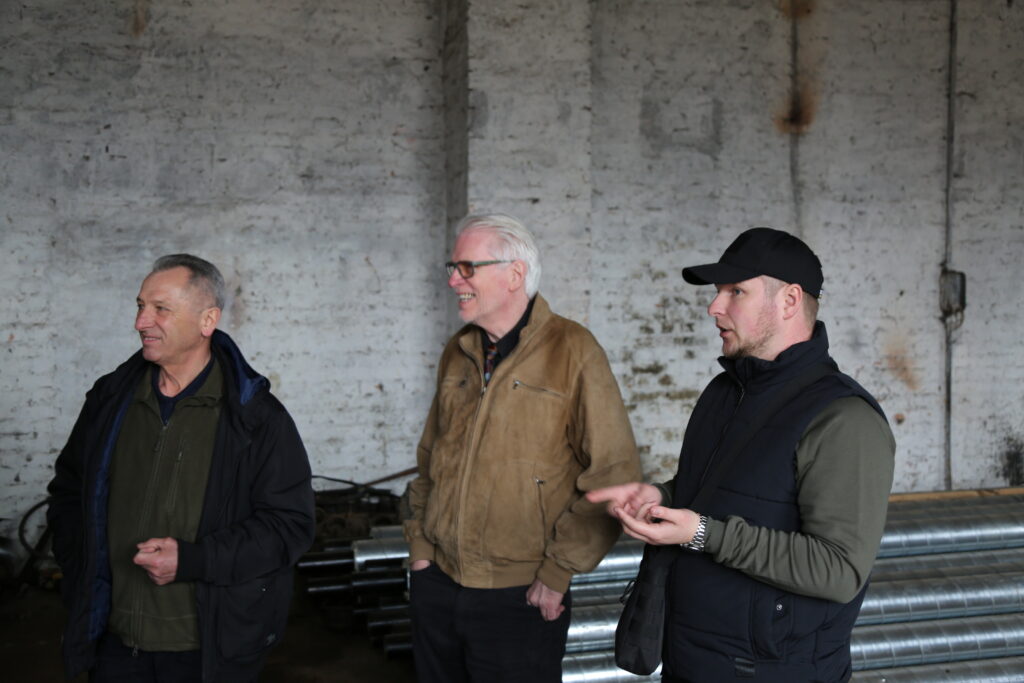
The local authorities attract support from partners and donor organizations to provide people with the essentials. Thanks to this work, the community has generators, weekly food, and essential medicines are distributed to people and building materials are provided to preserve housing that is waiting for eRestoration.
Despite everything, the Malynivska community is committed to development and uses every opportunity to do so. In the former outpatient clinic building, with the assistance of the USAID DOBRE Program, a space was created for young people to meet and organize their leisure time.
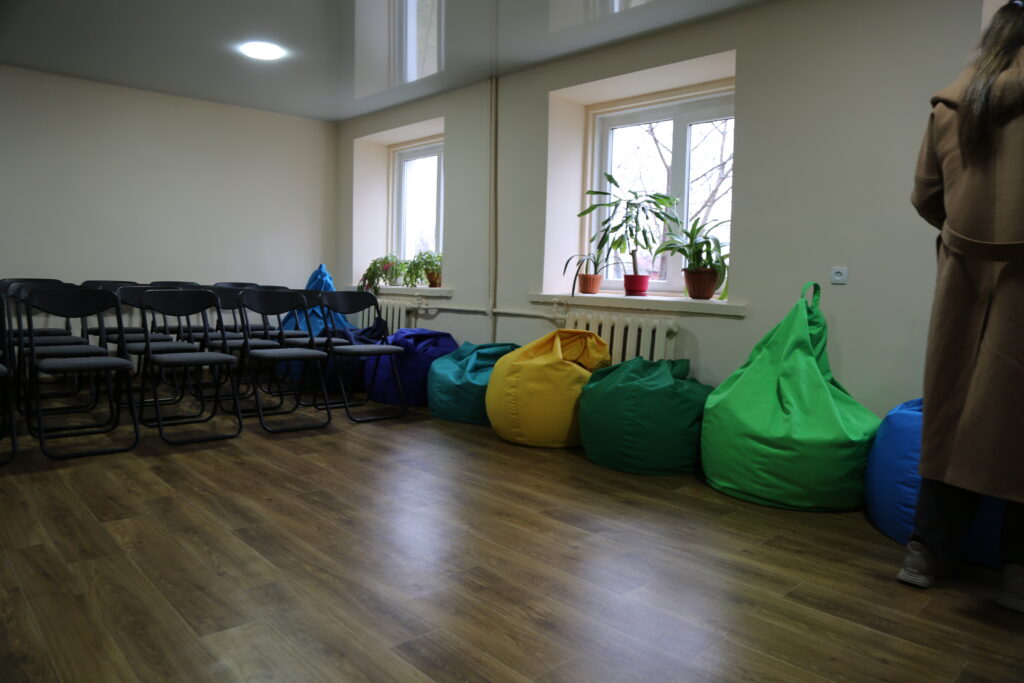
Earlier, even before the full-scale war, the community, together with the USAID DOBRE Program, arranged a recreation area where trees were planted and new sidewalks were built. They also purchased a garbage truck to remove solid waste.
“Initially, USAID DOBRE taught us how to work according to European and American standards. When we came to solid projects, we understood what we were doing and why. We managed to do a lot for our youth and for all categories of the community’s population,” added the head of the community.

Businesses helped the community despite being under fire
Business in the community was also significantly affected by the war. As a result, the community’s budget decreased by 52%. In total, the Malynivska community had four large enterprises. According to Mr. Yevhen Chudnyi, at the beginning of the full-scale invasion, businesses helped the community, distributing aid to people, despite the enterprises being under fire. Almost 90% of the property of the largest taxpayers was damaged or destroyed by shelling by Russian troops. However, some companies are recovering and working and do not even think about relocating. Representatives of the USAID DOBRE Program visited one of them, the Malynivka Glassworks.
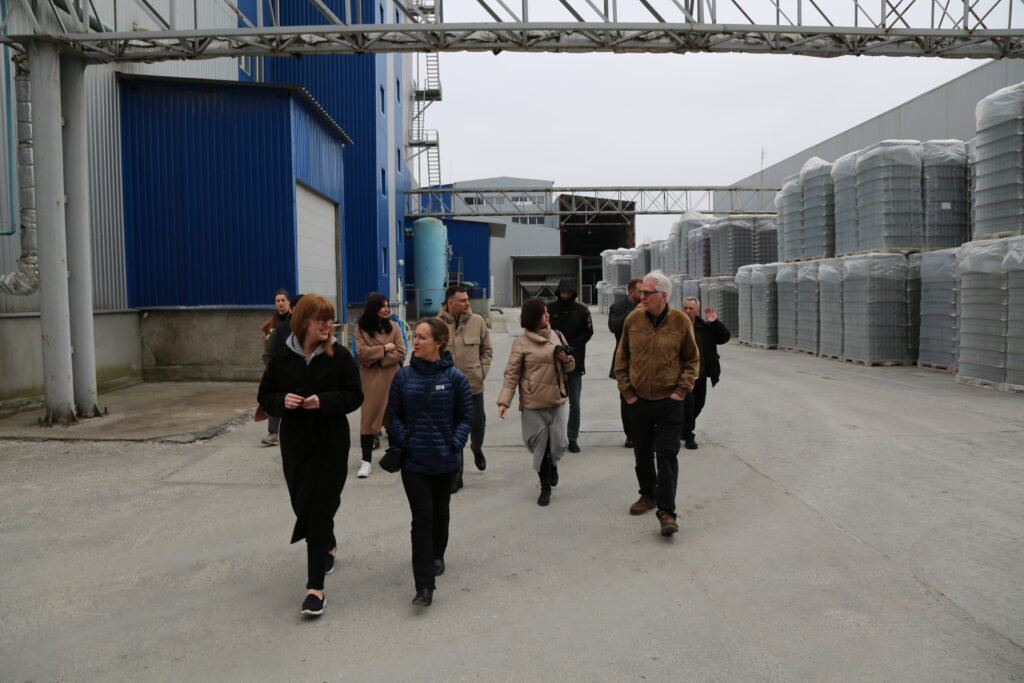
The company employs more than 400 people and pays millions in taxes to the local budget. The company gets its raw materials from the Kharkiv region. Mr. Ihor Prymenko, Deputy General Director for Administrative and Legal Affairs, says that the company produces 240 tons of products per day. This is about a million containers: from bottles to cans for canned food and baby food. About 40% of the products are exported, while the rest of the orders are shipped within Ukraine.
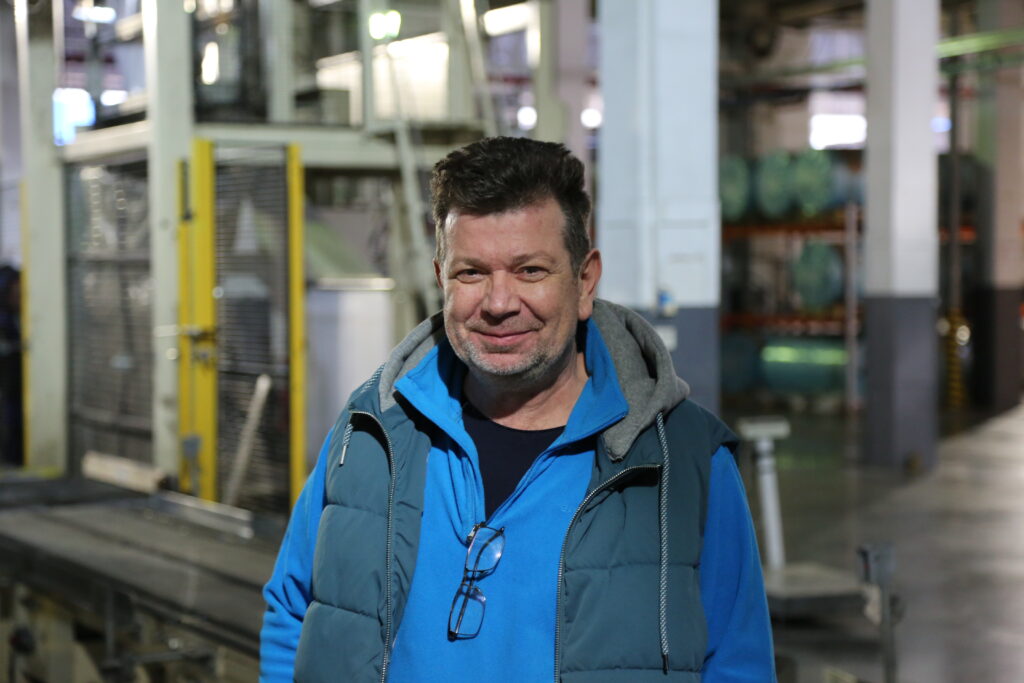
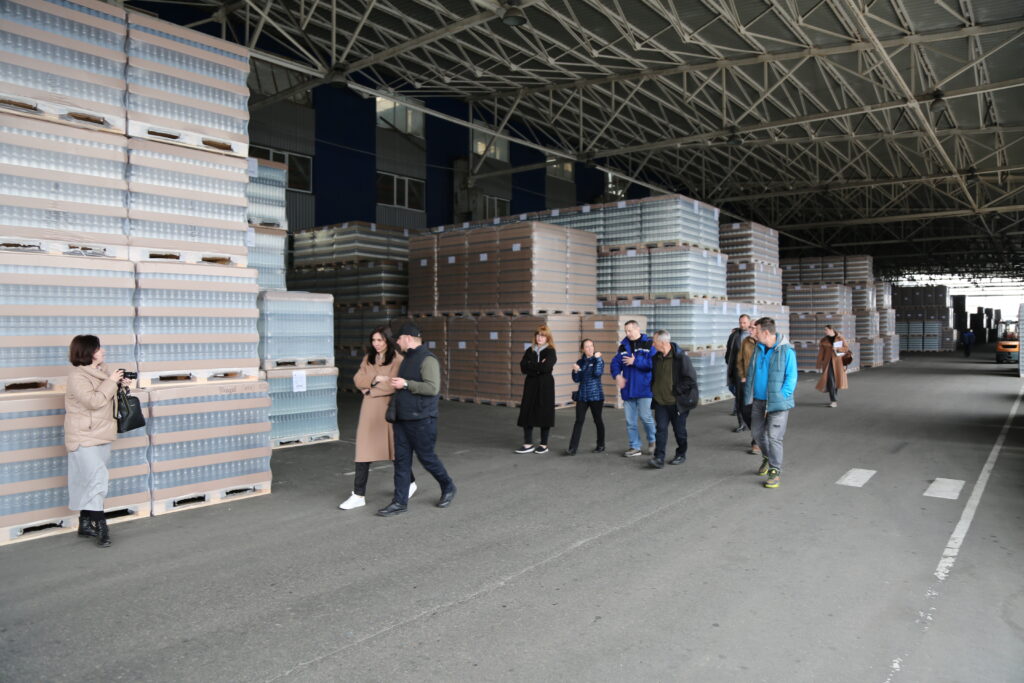
“We try to support entrepreneurs, and they help us. When a business operates in the community, it gives people jobs, relieves social tension, and ultimately increases the local budget,” says Mr. Yevhen Chudnyi, deputy head of the Malynivka village military administration.
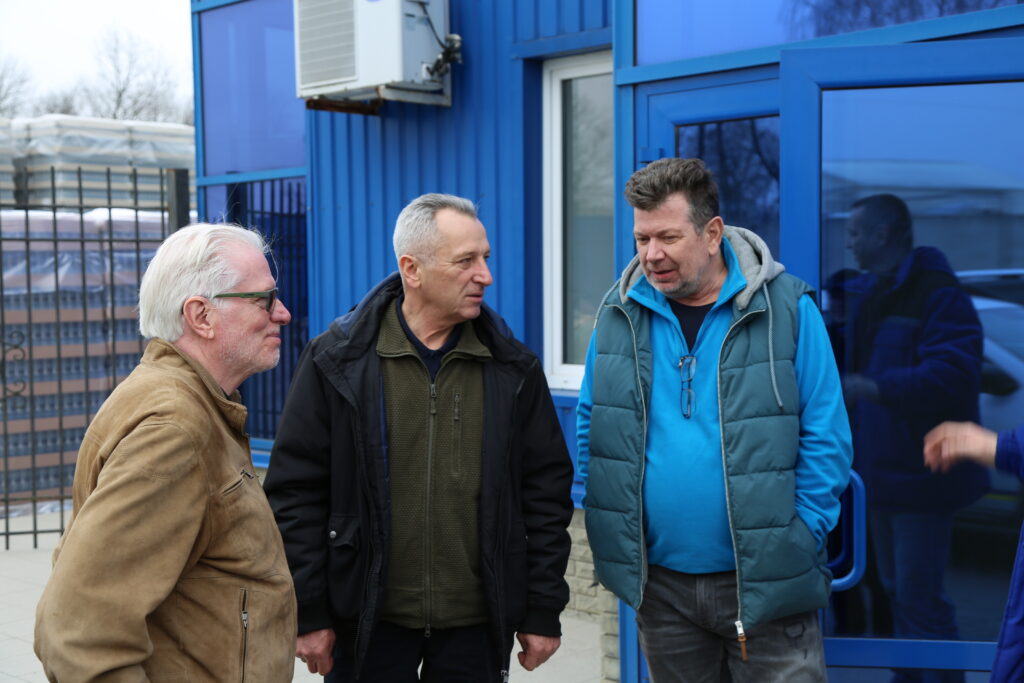
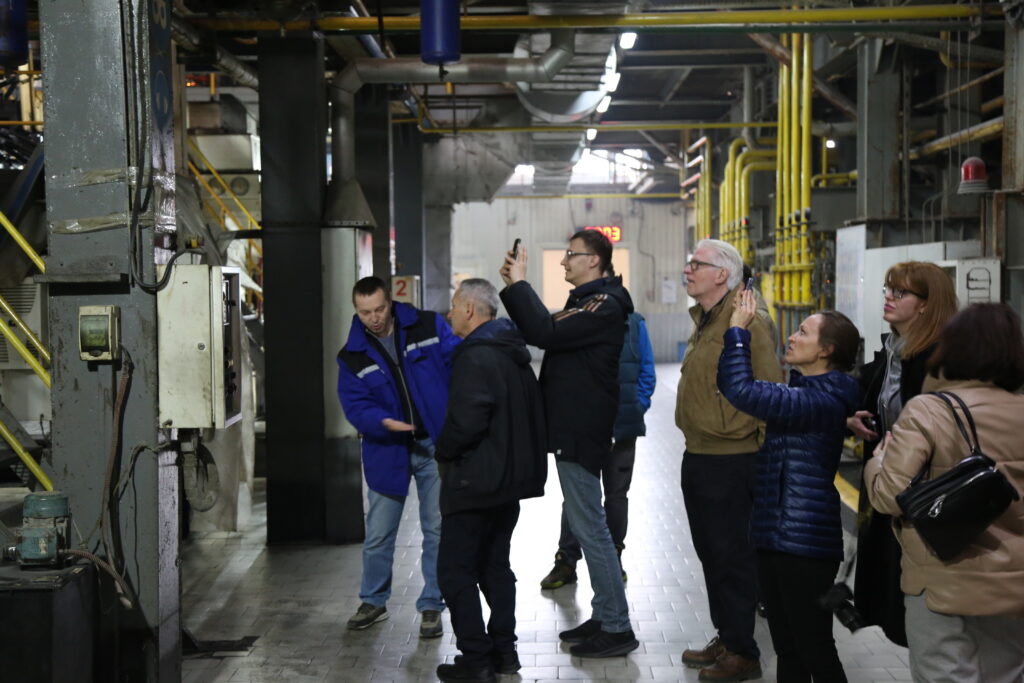
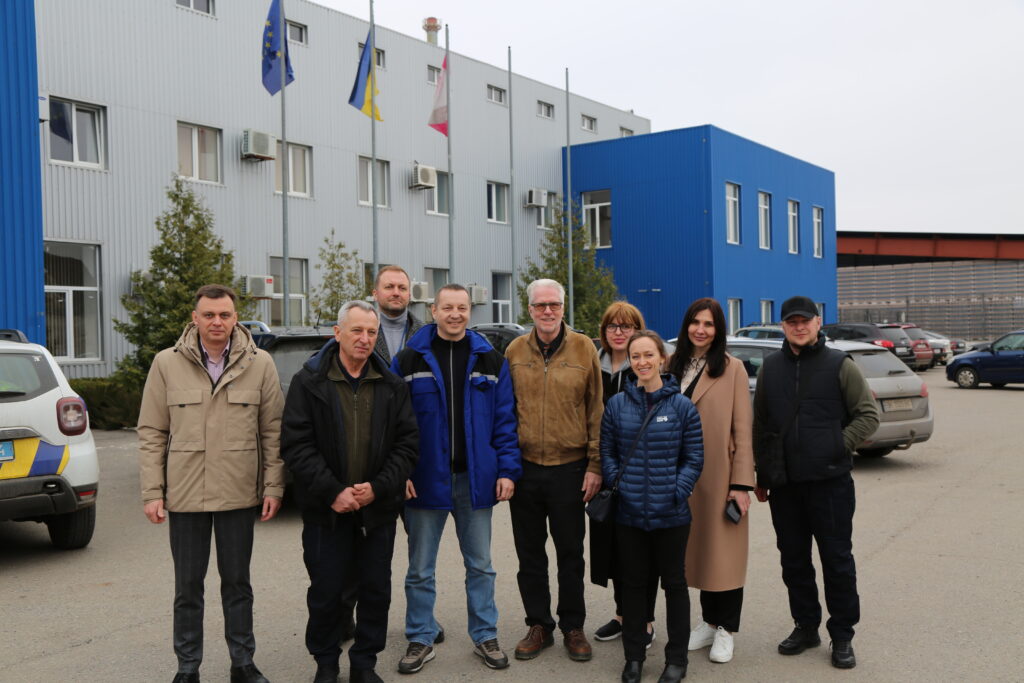
Rohanska Community
We realized how important it is to have our own equipment
The Roganska Hromada is located in the suburbs of Kharkiv. The geolocation, which used to be an advantage for the community, added risks during the full-scale war. The Rohanska community has survived partial occupation, blockade, and shelling. There are streets where there is not a single surviving house. 32 buildings will have to be demolished, as they are not subject to restoration. In total, 800 out of 1200 households in Rohan were damaged. Out of the community’s 16,000 people, 12,000 have left. 17 residents were killed. There was extensive damage to critical infrastructure. Local authorities, utilities, and volunteers made titanic efforts to help those who remained in the community. In the center of the village, they prepared food for people, searched for generators for basic needs, and took the wounded to the hospital themselves.
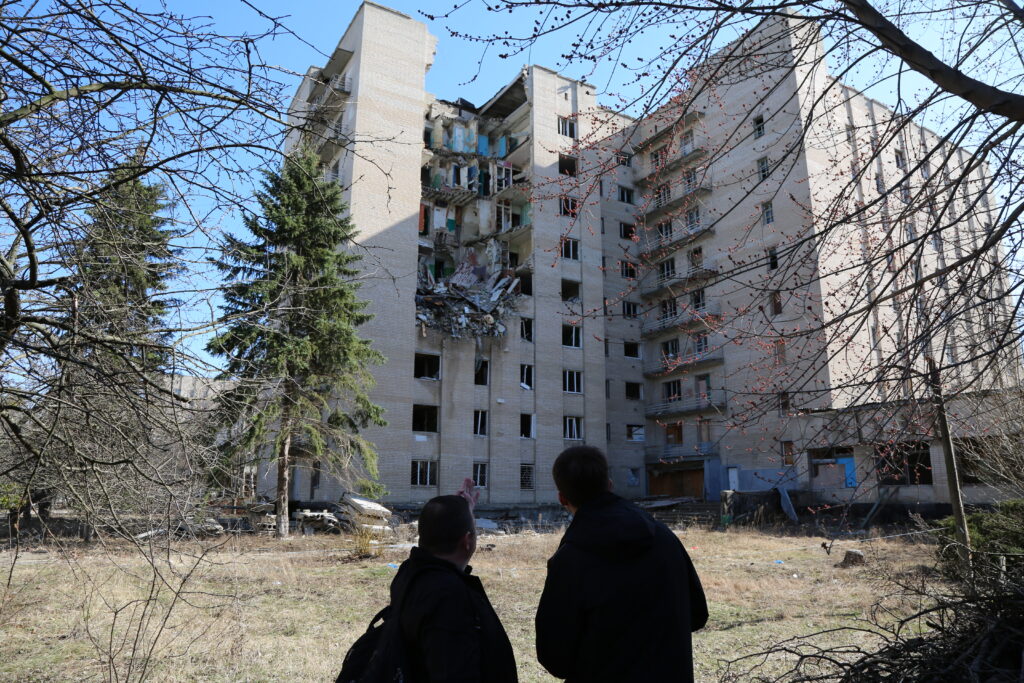
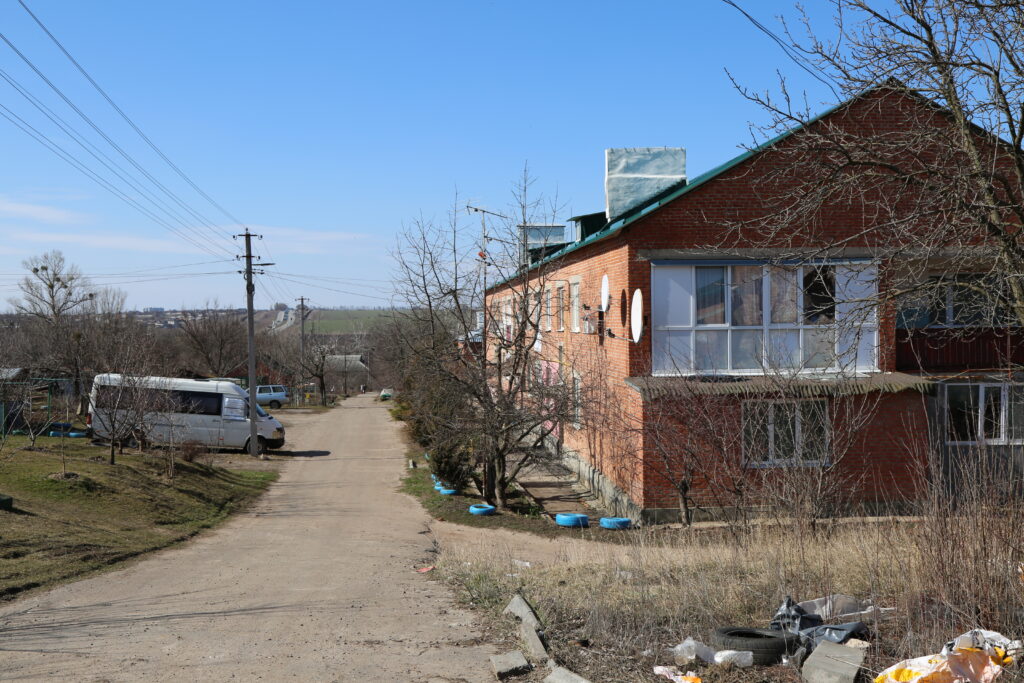
The local fire brigade was quick to respond to emergencies. According to the head of the community, they were the ones who saved lives when neither rescue nor medical services could come to them.
“After complete isolation, we especially realized the importance of having our own equipment in the community. If we hadn’t had our fire department, people would have lost much more and the consequences would have been much worse. We realized how important it is to be independent and have our own equipment to solve urgent issues. Now we are trying to do everything to ensure that all services are provided in the community as much as possible,” says Ms. Maria Chernenko, head of the community.
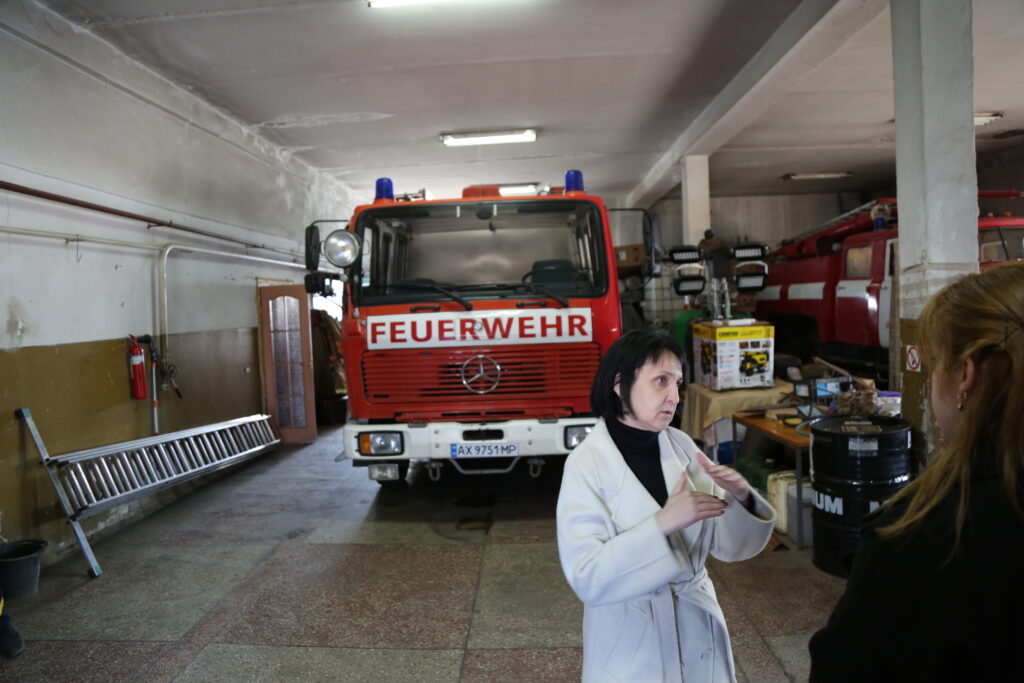
At the beginning of the full-scale invasion, a boiler house was destroyed by a precision strike, and several others were severely damaged. March was cold that year, with temperatures sometimes reaching minus 20 degrees. Under shelling, the utility company drained the water to protect the system from destruction.
“Sometimes people don’t have a house, but they come and plant a garden”
The community was liberated on March 26, 2022. In May, electricity began to be returned to the houses, which had not been available since February. The water supply was restored. The USAID DOBRE Program helped with this by providing pumps as part of the Emergency Response Project. It was possible to provide water to the residents relatively quickly because there were fewer people, so no great pressure was needed to supply water. However, the community is now ready for everyone to return. With the support of its partners, the community built three water towers to be used when the pressure in the system becomes insufficient. About 80% of the residents have now returned home. There are also 3,500 internally displaced persons living here.
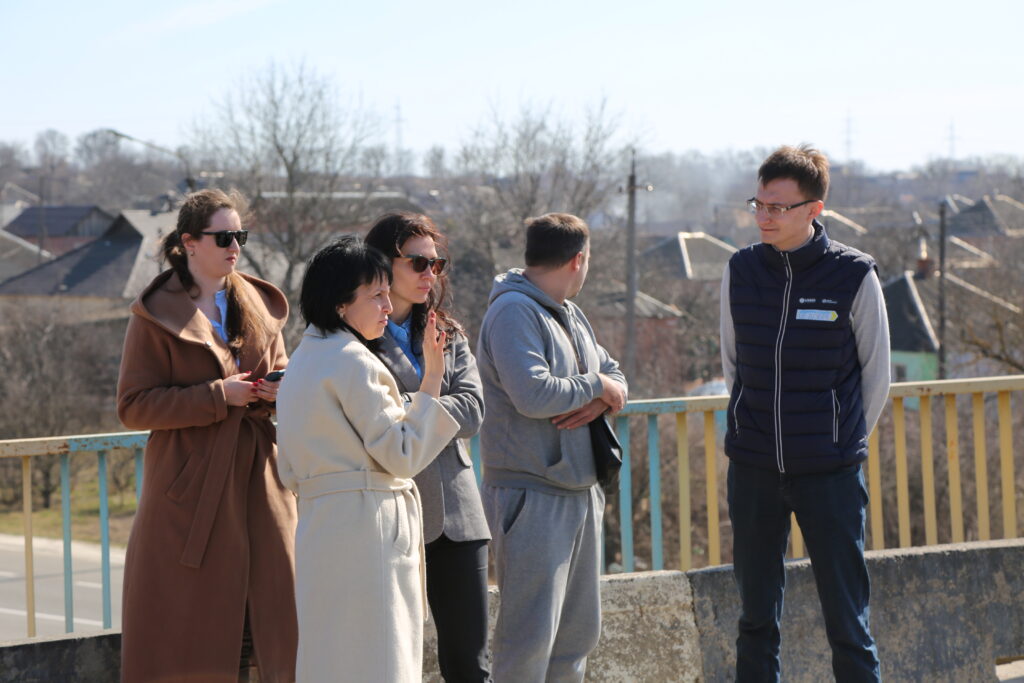
“People are coming back home. Especially in the spring, when it’s time to cultivate the garden. Sometimes people don’t have a house, but they come and plant a garden,” says the head of the community.
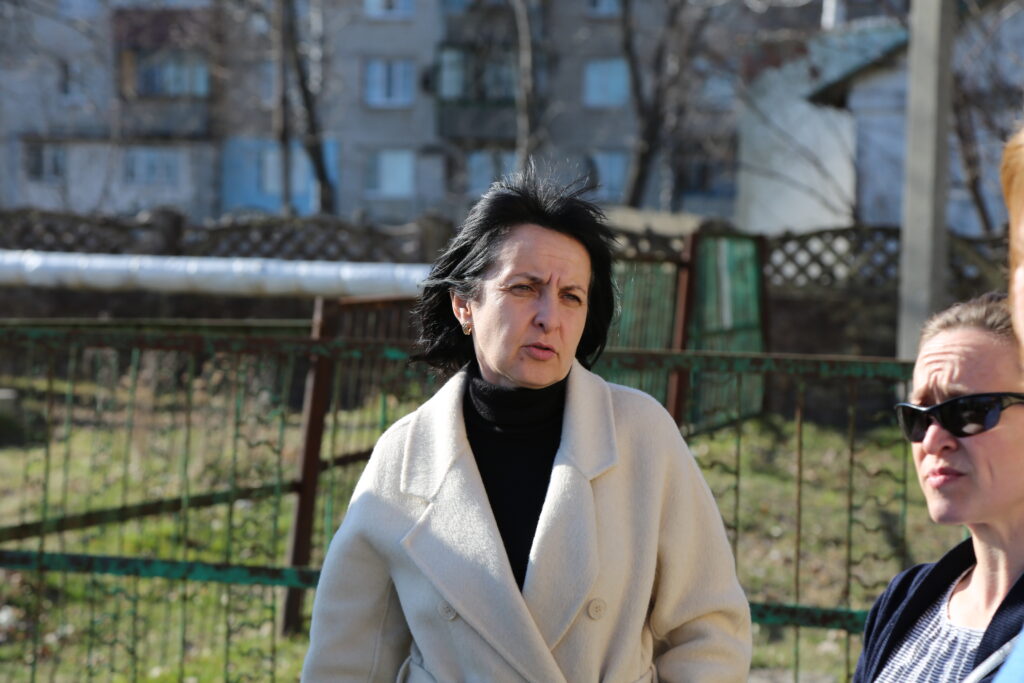
Damaged buildings are gradually being restored. Local programs are being adopted for rapid response to give buildings time to wait for repairs. The head of the community says that if the damaged house is not covered quickly, it may collapse and then there will be nothing to rebuild. Today, the panorama of the community shows bright blue roofs – the ones that have been temporarily covered. Long-lasting membrane roofs are being installed in apartment buildings, a material that is faster to set and can be soldered in case of minor damage.

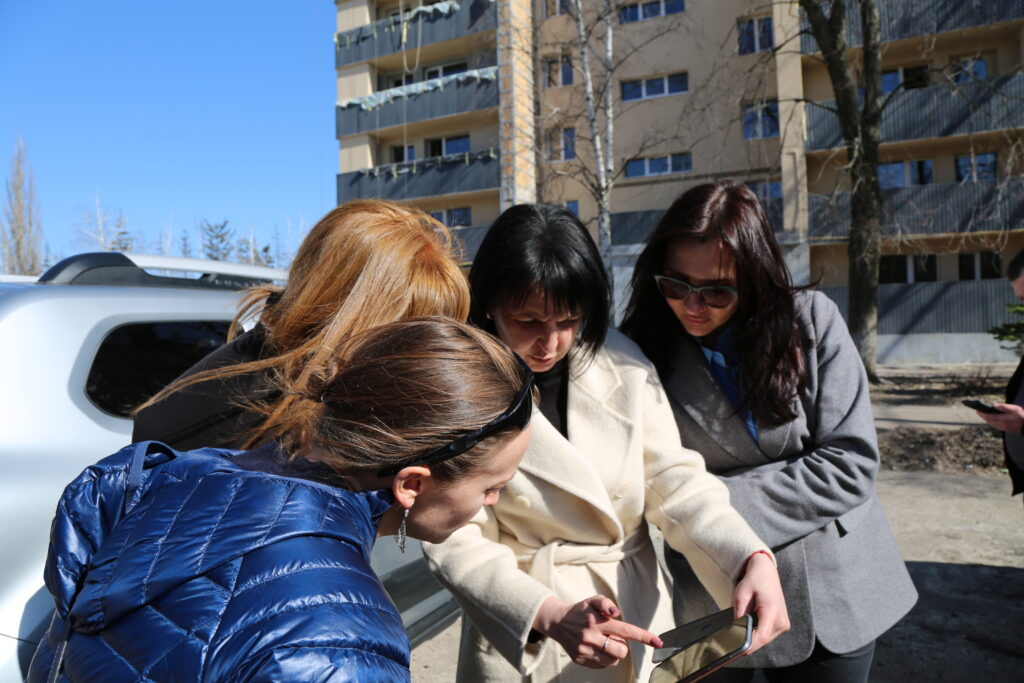
Education in community schools is impossible because of the danger. And there are no shelters in local educational institutions. However, the community center offers classes in English and Ukrainian, computer skills, school preparation, etc., to help children socialize and develop.
Local authorities are finding opportunities to support people who have lost their homes, organizing spaces for development, developing utilities, and solving current problems. However, this is not easy, as the community has lost almost all of its enterprises. The budget-forming enterprise continued to pay taxes for about a year of full-scale war but eventually had to relocate. Other international enterprises stopped working due to significant destruction. Now only a cardboard factory operates in the community. Another building was bought by an international company, but it has not yet opened. However, according to the head of the community, the owners believe in their community and that they will be able to build a production facility here someday. The community uses its reserves and seeks support from partners to meet its needs.
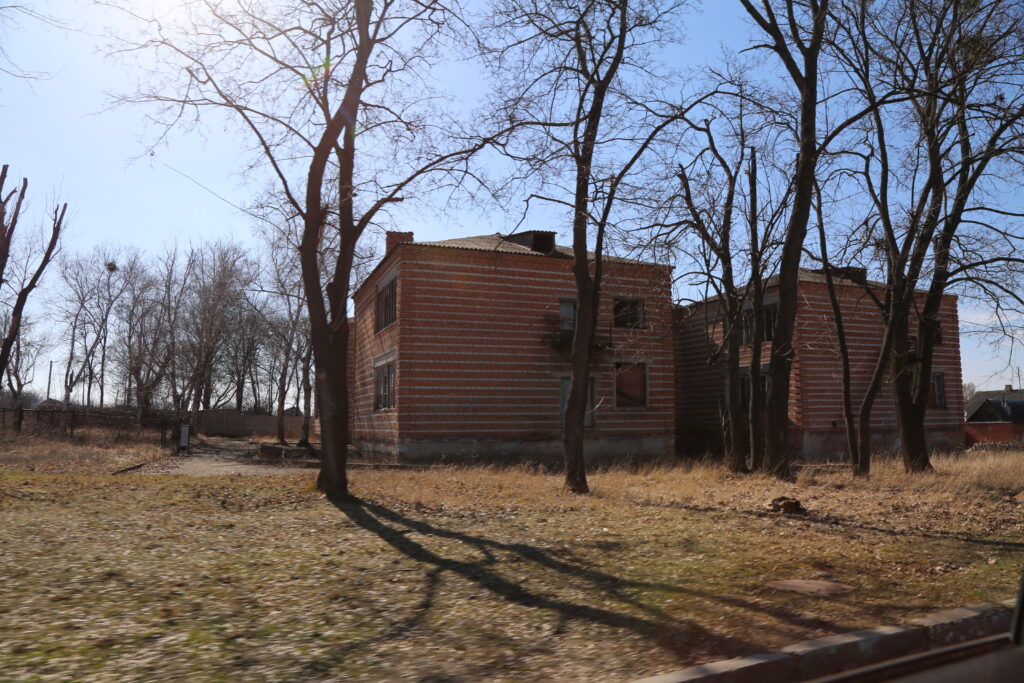
To recover and grow
Despite all the challenges, the community finds opportunities to restore what has been destroyed and build on new technologies. In 2022, the boiler house was completely renovated: modern energy-saving systems were installed instead of old pumps.
This did not give a quick result because the old heating pipes were installed in the 1970s. About 300 cubic meters of water leaked out of the pipes per day due to cracks caused by soil vibrations after shelling. Since 2023, the community has been gradually replacing all old pipes with new insulated ones that are more durable and resistant.
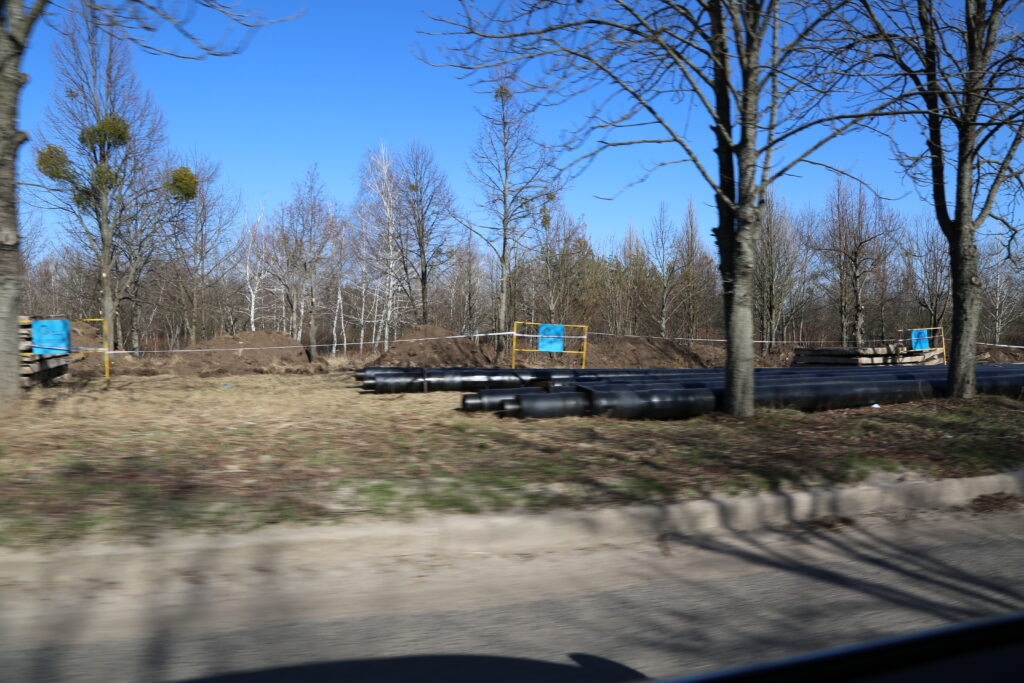
One of the generators provided by the USAID DOBRE Program was installed in the boiler house. Mr. Vyacheslav Kosharnyi, director of the Rohan Village Council’s Heat Networks utility, says that this allows the boiler house to continue operating during power outages.
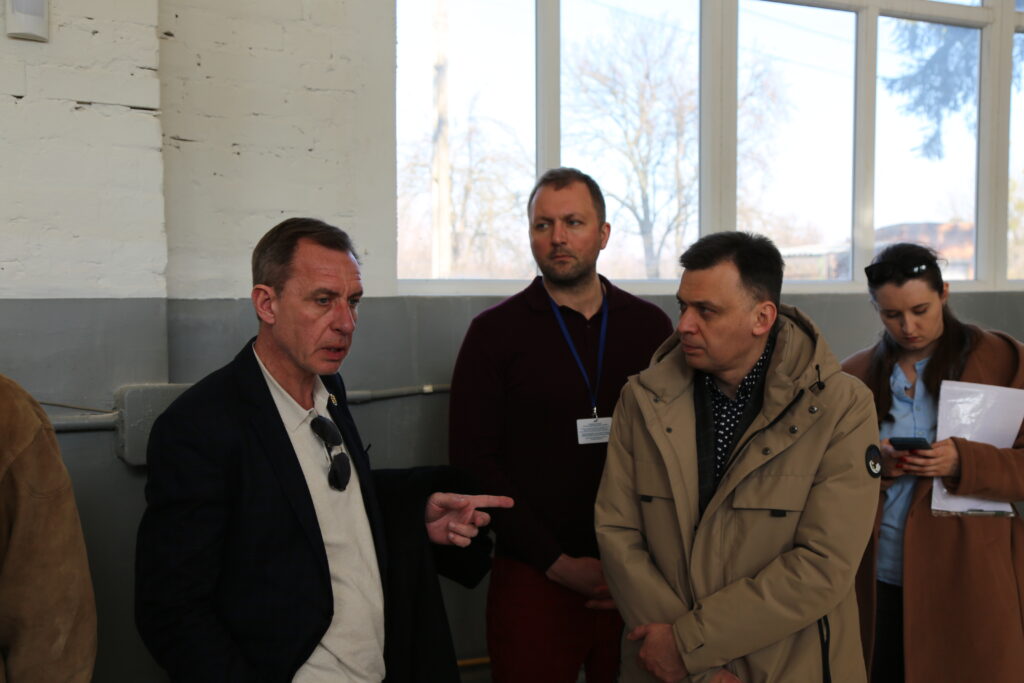
As part of the Emergency Response Project, the Rohanska community received a total of seven generators from USAID DOBRE for critical infrastructure facilities, hospitals, etc. They also received pumps to restore the water supply system and tools for the utility company.
“I am very grateful to the USAID DOBRE Program for responding very quickly. The program provided us with the assistance we needed in those difficult first months when there was absolutely nothing left in the utility companies, and we had to restore and work. Now we are waiting for an emergency vehicle for water supply and sewerage,” said the head of the community.
The Rohanska community, together with USAID DOBRE, is updating its sustainable development strategy. It is also working on a comprehensive territorial restoration program, considering innovative restoration and development approaches. The program aims to address post-war issues and provide access to education, healthcare, and economic development in the community.
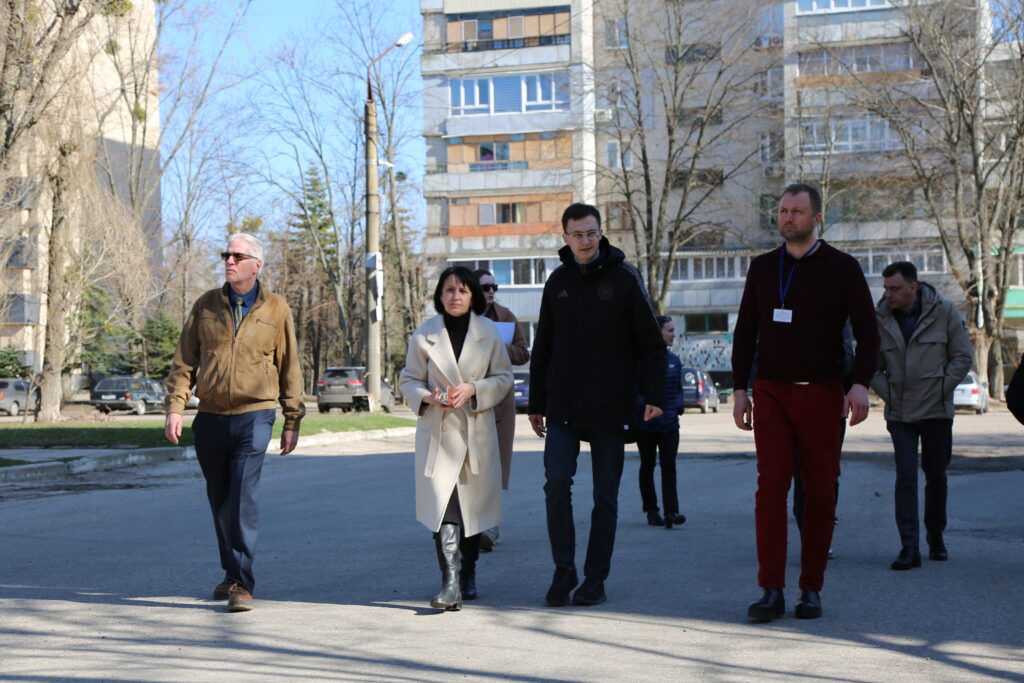
“Thanks to the USAID DOBRE Program, we are working on a strategy and a comprehensive recovery plan. We are grateful to the experts who are working with us step by step to help the community recover and become better than it was before the full-scale invasion. The knowledge, skills, and approach to cooperation with the public are very interesting and very useful,” says Ms. Maria Chernenko.
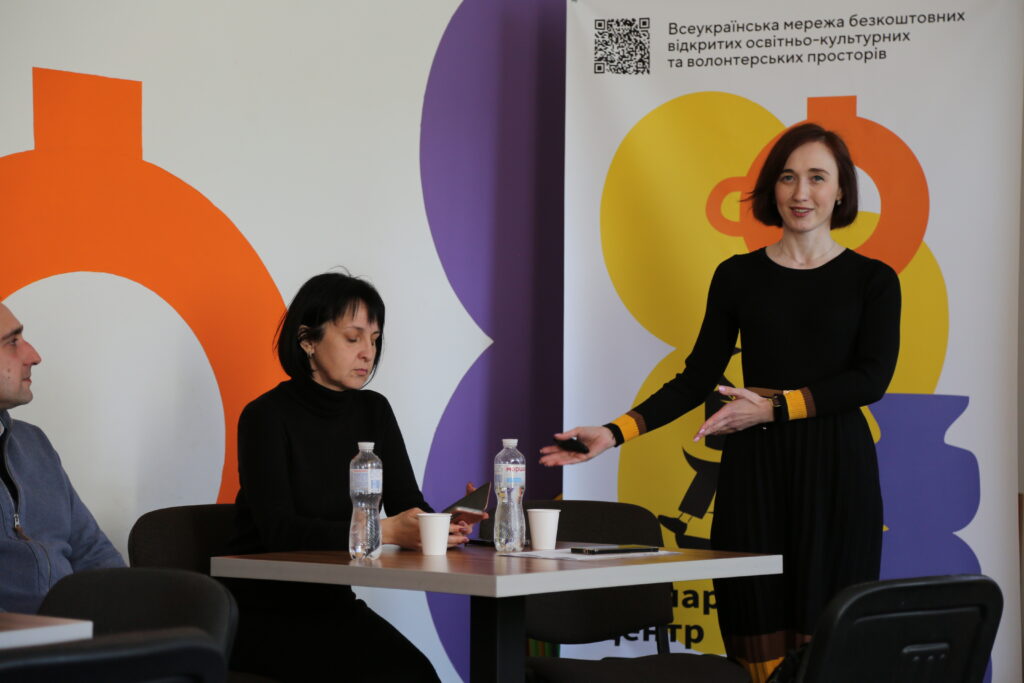
The community also implements a local economic development project to create a recovery and development center. The community is renovating the basement, and USAID DOBRE is providing furniture and equipment. There will be an office for business consultations, a place to meet with partners, and show presentations.
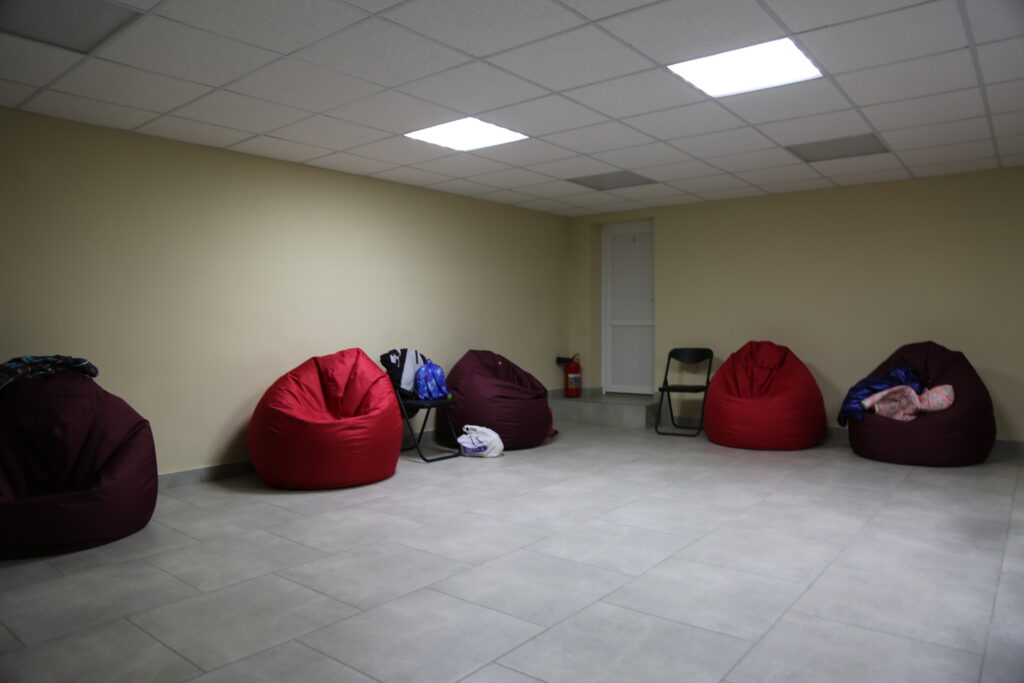
The young people are also preparing a project of their own, for which the USAID DOBRE Program will allocate $15,000. The community says that young people already have ideas, and they will soon develop into another joint project.
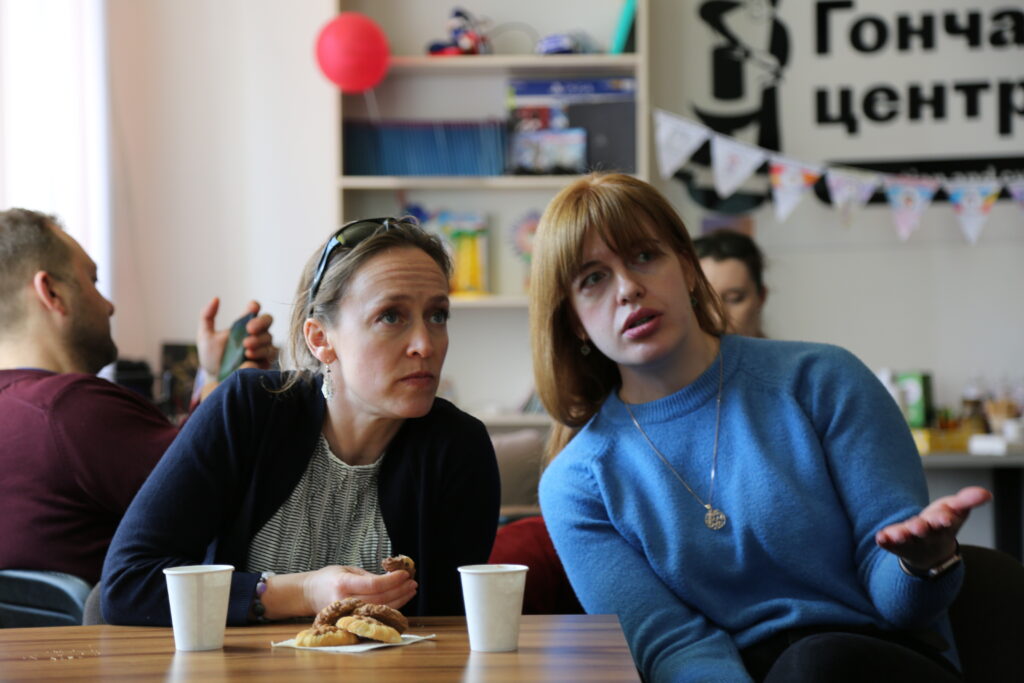
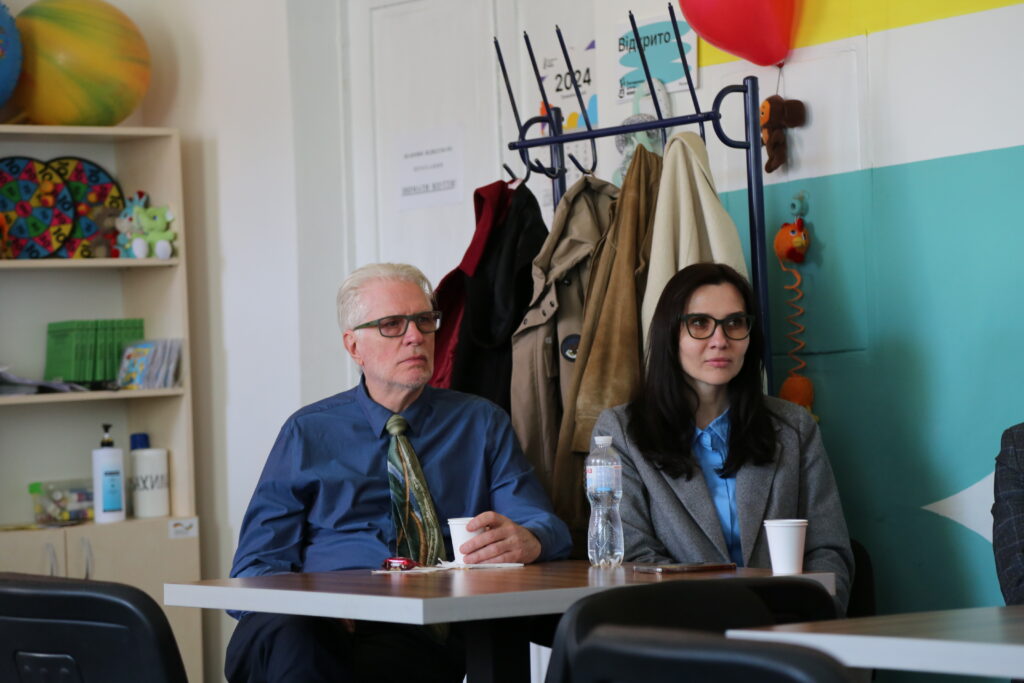
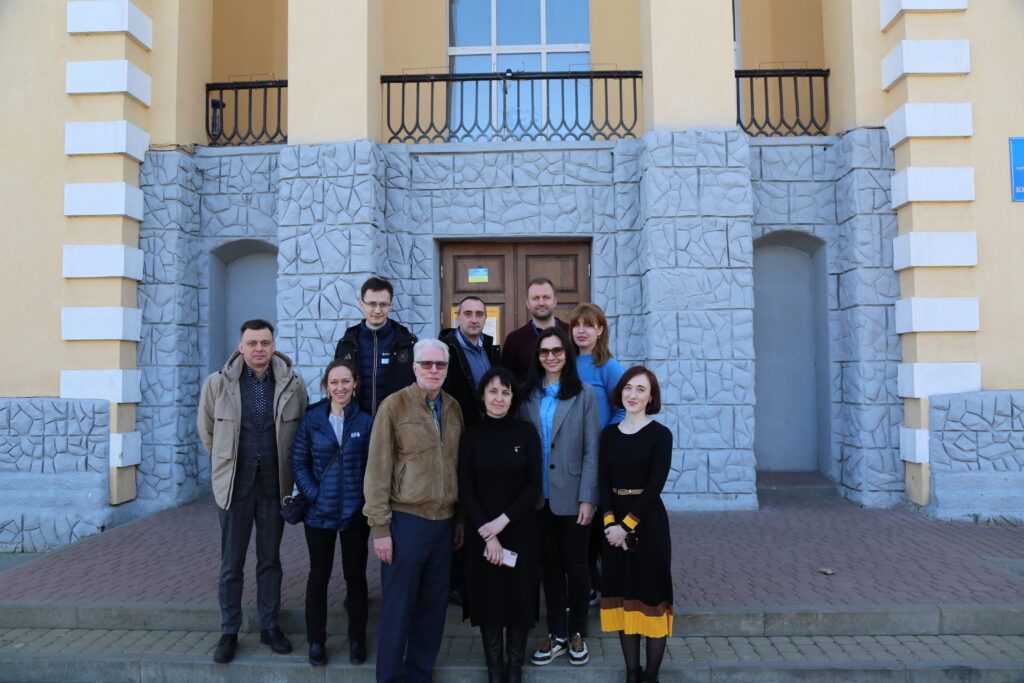
Brian Kemple, USAID DOBRE Program Chief of Party:
“We have now moved to a stage where we provide more technical assistance, not just help with the purchase of equipment. We support work with youth and the exchange of experience between each other and with foreign communities, and provide explanations of legislation, in particular, on local budgets during martial law. All three communities have been working with us for a long time, and we know each other well. They are reliable partners, they support their residents and contribute to community development. I never cease to admire how Ukrainians continue to work and move forward despite all the challenges. Our mission to support communities and create partnerships is not just on paper, so it is important for us to visit these communities, communicate with people, and see their achievements. I am pleased to see how our communities are developing, and I am glad that USAID DOBRE is helping them with this.“
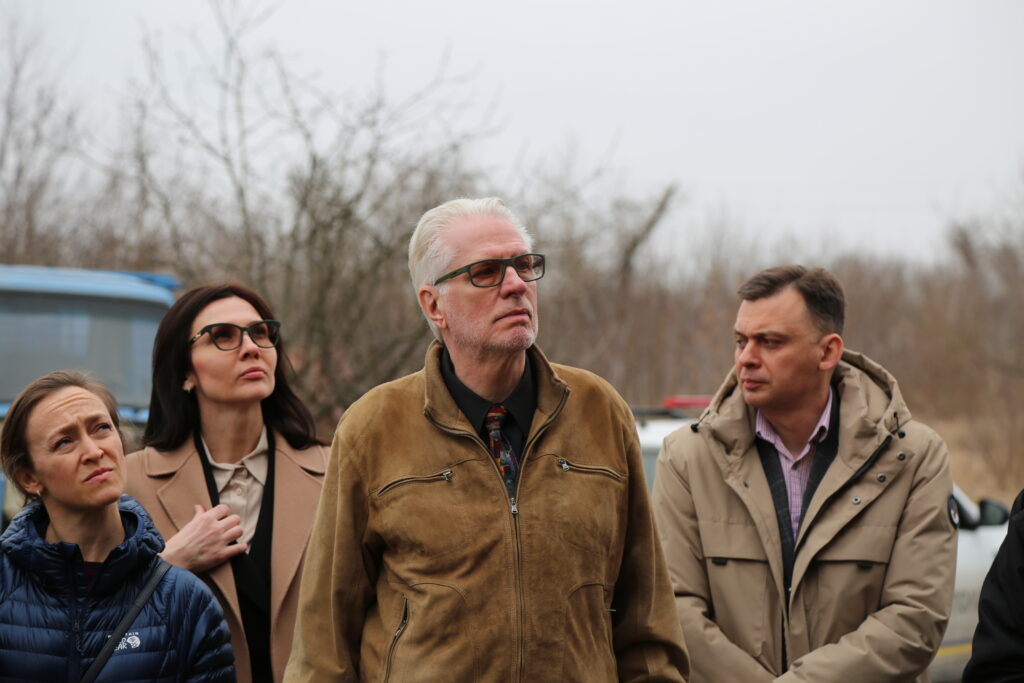
Laura Hoover, representative of the headquarters of the international non-profit organization Global Communities:
“We hear a lot about the war in Ukraine and watch videos. But seeing it with your own eyes is a completely different feeling.. I am glad I was able to visit the communities and talk to people who still live here. These are people who have to make difficult decisions, they are trying to rebuild their lives, and they don’t know what might happen in the future. But still, people do not let the feeling of fear get in their way, and they resist all circumstances. Ukrainians in these communities want to go on with their lives, do the best they can, and move forward. It is very difficult to see all this destruction, but at the same time, you can see how much people are doing to repair and rebuild everything. It is truly inspiring. Leaving the community, I saw a picture that struck me. Little children were coming out of the cultural center after their daily classes. They were so happy. And in the background, we could hear the sounds of explosions from Kharkiv. Despite everything, life goes on here; people continue to fight, they want to rebuild their lives.“

***
The USAID Program, “Decentralization Offering Better Results and Efficiency” (DOBRE), is a nine-year program, implemented by Global Communities and funded by the United States Agency for International Development. DOBRE has worked closely with 100 consolidated communities (CCs) in ten Oblasts of Ukraine to help them realize the benefits and meet the challenges brought by decentralization. DOBRE provides technical and material assistance to CCs to help them govern openly and accountably and meet the needs of their citizens; and supports citizens’ active engagement in decision-making and policy making. DOBRE’s support encompasses strategic planning; spatial planning; financial management; public service delivery; local economic development; capacity building; good governance practices; and gender- and youth-responsive policies.
In the period 2022 – 2025, DOBRE will be working directly with at least 60 CCs of Ukraine to help them cope with the consequences of the war, recover and rebuild, and resume their trajectory of positive, sustainable development. Partners with Global Communities in the DOBRE Program Consortium include the Ukrainian Crisis Media Center; the Foundation in Support of Local Democracy, and the Malopolska School of Public Administration at the Krakow University of Economics, Poland.

